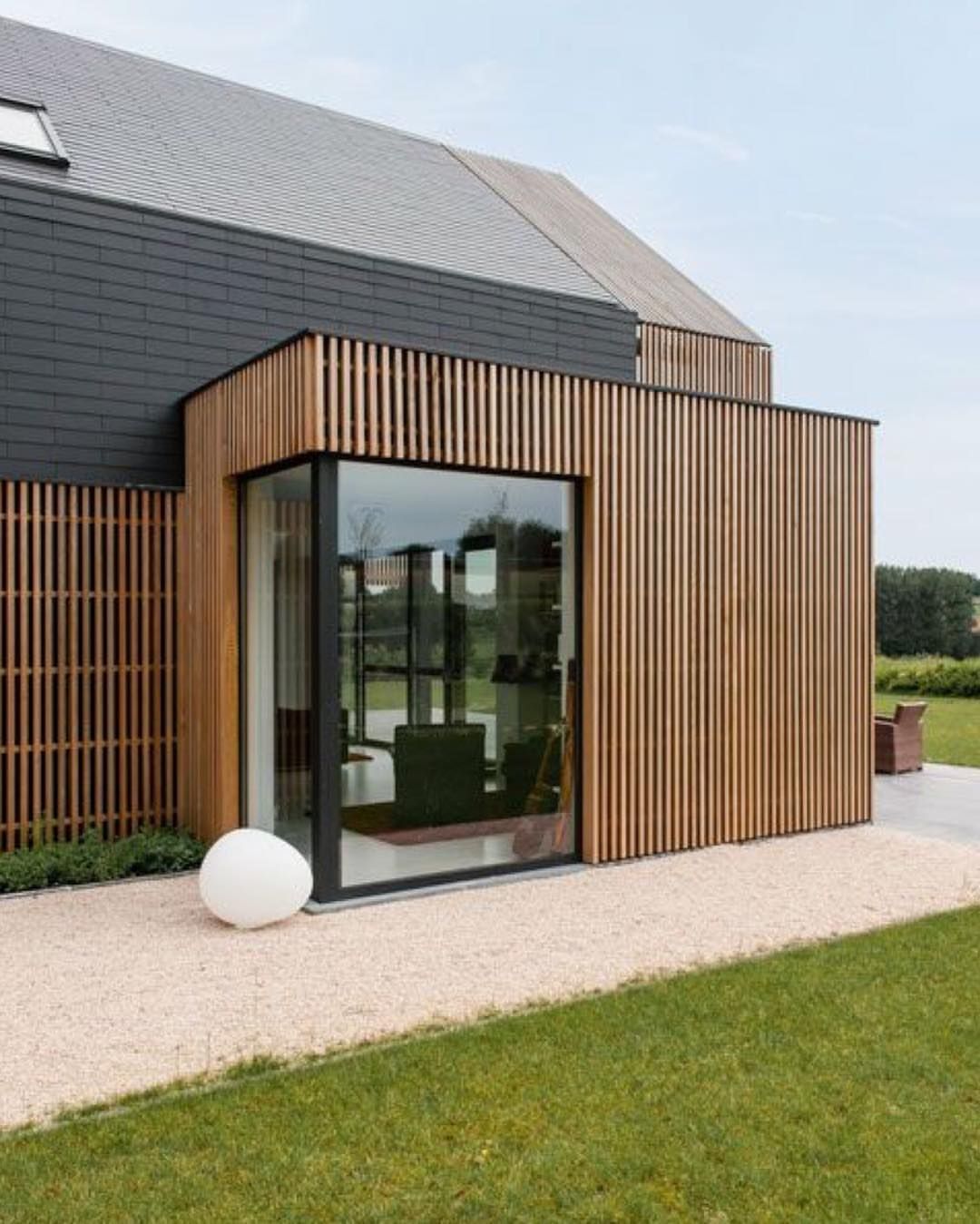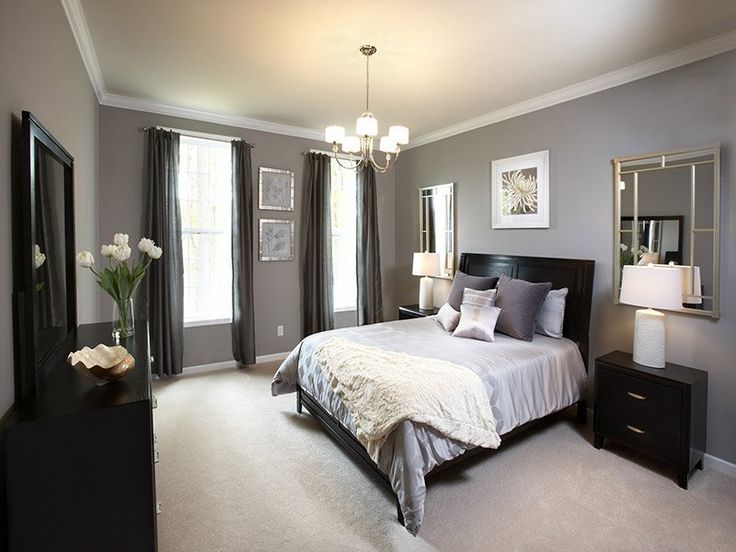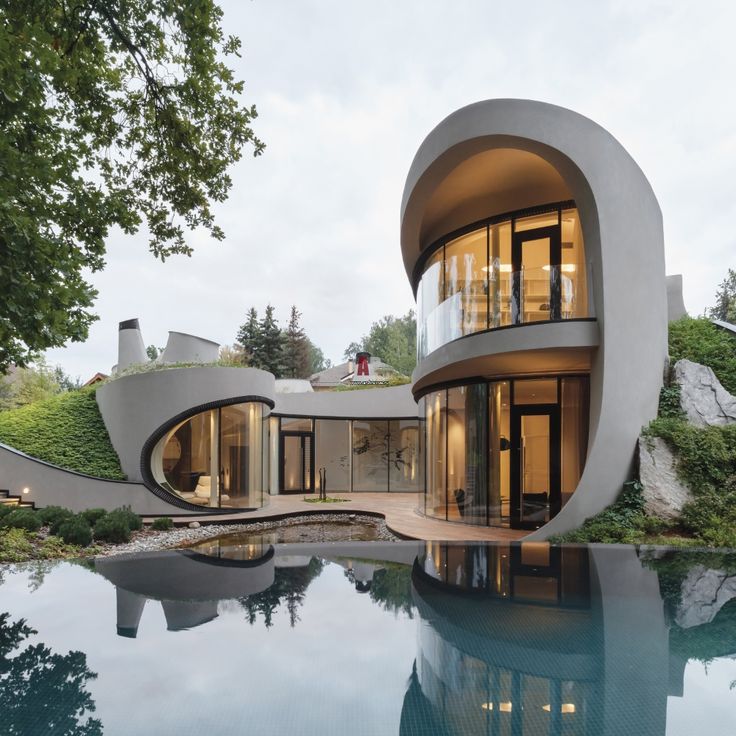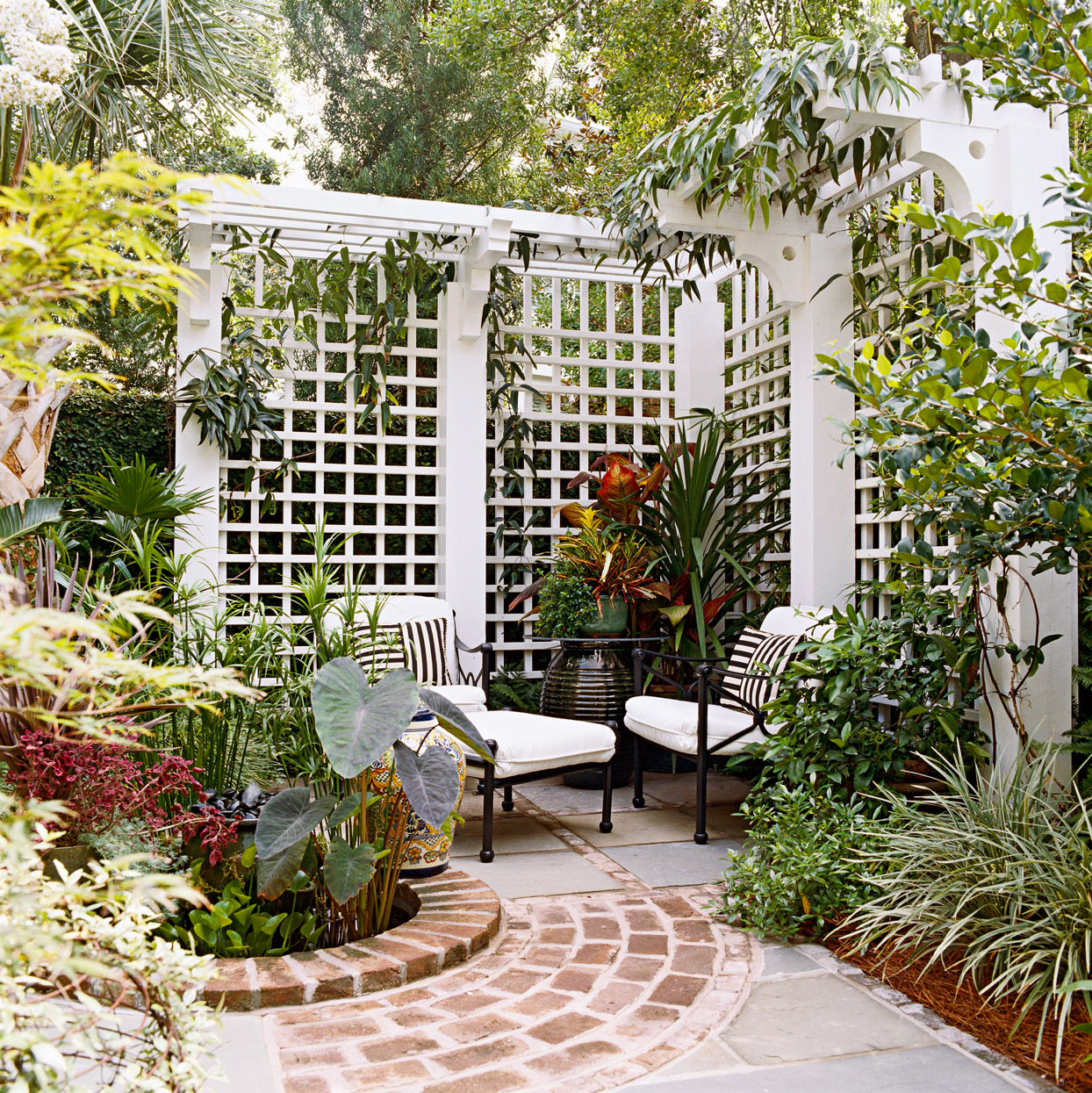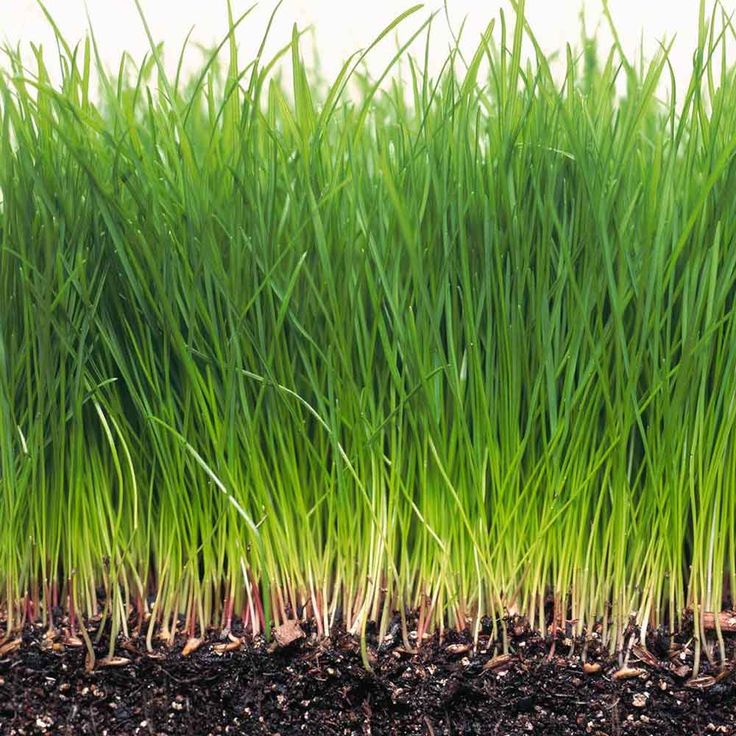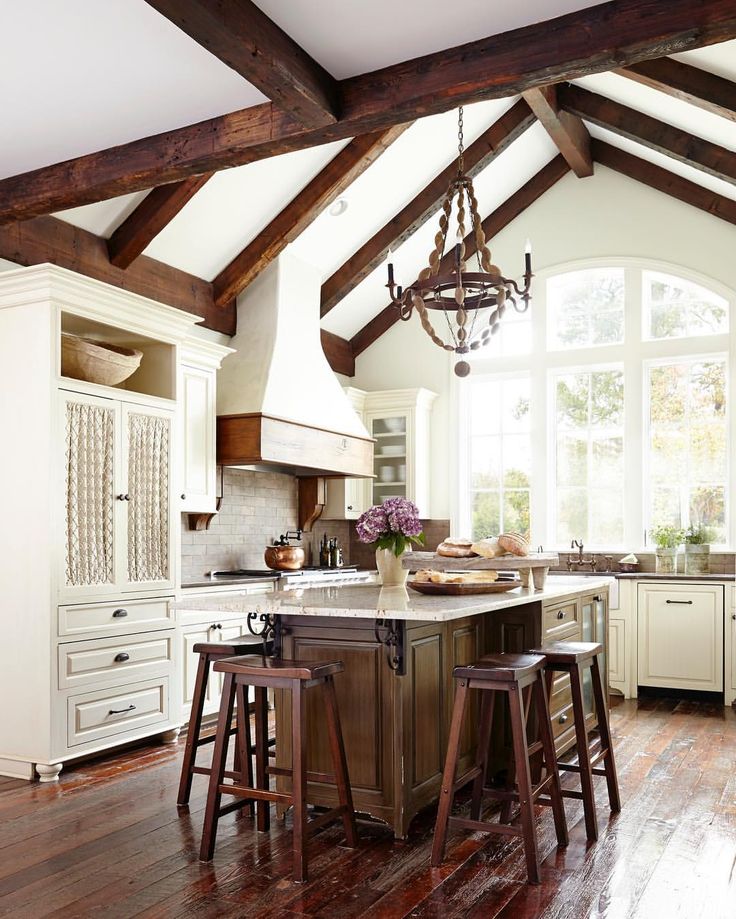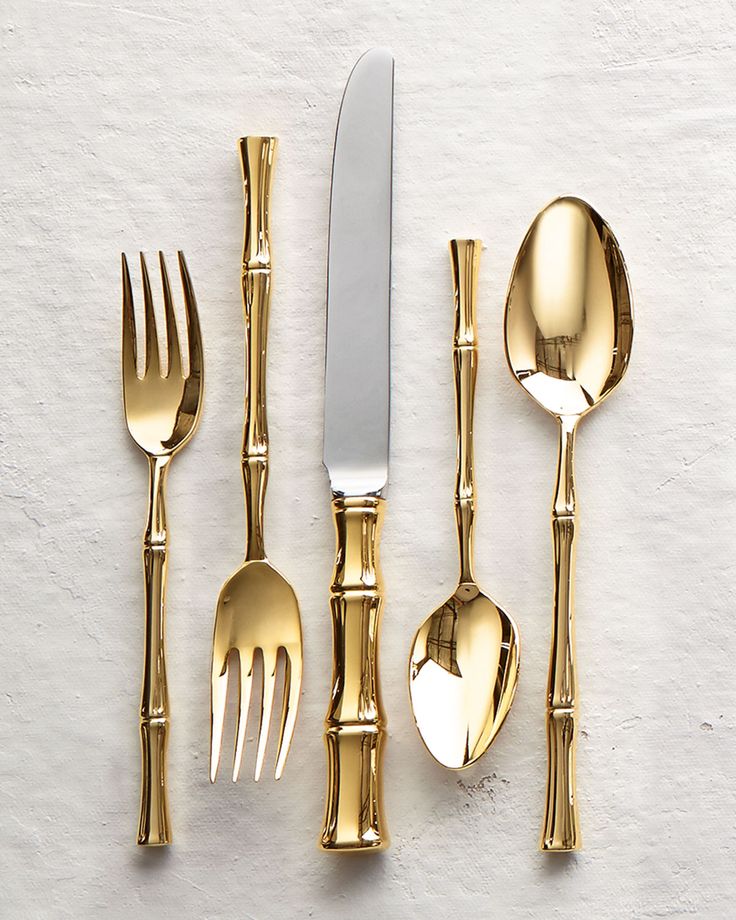Cladding options for a house
Exterior Wall Cladding Ideas: 10 Best House Cladding Options
When you want your home to stand out on your street, begin with a range of fabulous exterior cladding options. Kerb appeal is all about great first impressions that become a talking point and last for a long time.
Be it a new construction or a renovation on a tired old building, with the right external wall cladding material and design advice, you can have a visually stunning home that has character, personality and individual style.
However, a home’s exterior is not just about first impressions and street appeal. Exterior wall cladding is a high performance material that also serves as a protective skin for the building and its interiors. A good quality cladding shields the built structure against the sun, rain, wind, temperature extremes, fire, moisture, noise, pests and even pollutants. Wall cladding is an excellent insulator, safeguards against structural deterioration and makes the interiors more energy efficient.
Exterior cladding is a versatile and affordable solution that not only transforms your home’s aesthetic but also boosts its function and durability by enhancing its tolerance and resistance to external influences.
Selecting the cladding for all house designs
There are several external wall cladding products in the market today with numerous choices available in terms of material, style, colour, finish, performance and durability. Exterior cladding over weatherboards is often the first port of call during a building makeover project because of the relatively simple installation. Given the many options available, how can you be sure your cladding choice is the best for your home and environment?
House Cladding
While budget is an important factor during the selection of a wall cladding product, it’s also necessary to factor in a few other considerations in the decision-making process. The local environment, for instance, is an important element because your cladding material should be able to withstand unique conditions such as exposure to a corrosive marine atmosphere, heavy wind loads, seismic effects, and extreme heat or cold.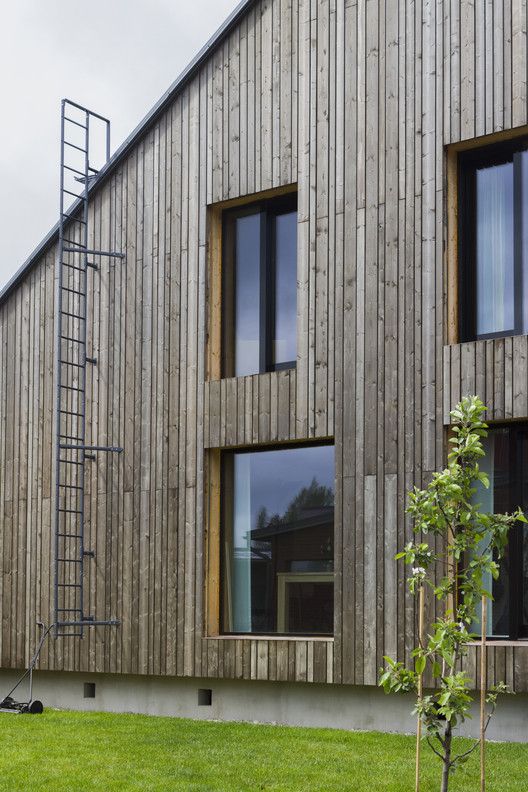 A good cladding product also reduces the environmental impact of the building through outstanding thermal performance, and ensures safety by meeting compliance requirements for fire resistance.
A good cladding product also reduces the environmental impact of the building through outstanding thermal performance, and ensures safety by meeting compliance requirements for fire resistance.
In Australia material options in external wall cladding or recladding include natural stone, timber, brick, vinyl, aluminium, steel, concrete, ceramic, fibre cement, fibreboard, glass and metal among many more at varying prices.
10 Best Exterior Wall Cladding Options
1. Brick Wall Cladding: Steel Backed Brick Company
One of the oldest external wall cladding systems, brick cladding combines a striking finish with exceptional performance and structural advantages. Bricks are fire resistant, thermally efficient, durable, weatherproof, low maintenance and non-toxic, and deliver excellent sound insulation. Bricks are also sustainable and mostly recycled into new bricks, reused or crushed for fill. Bricks come in a wide choice of colours, sizes, finishes and textures, enhancing design flexibility.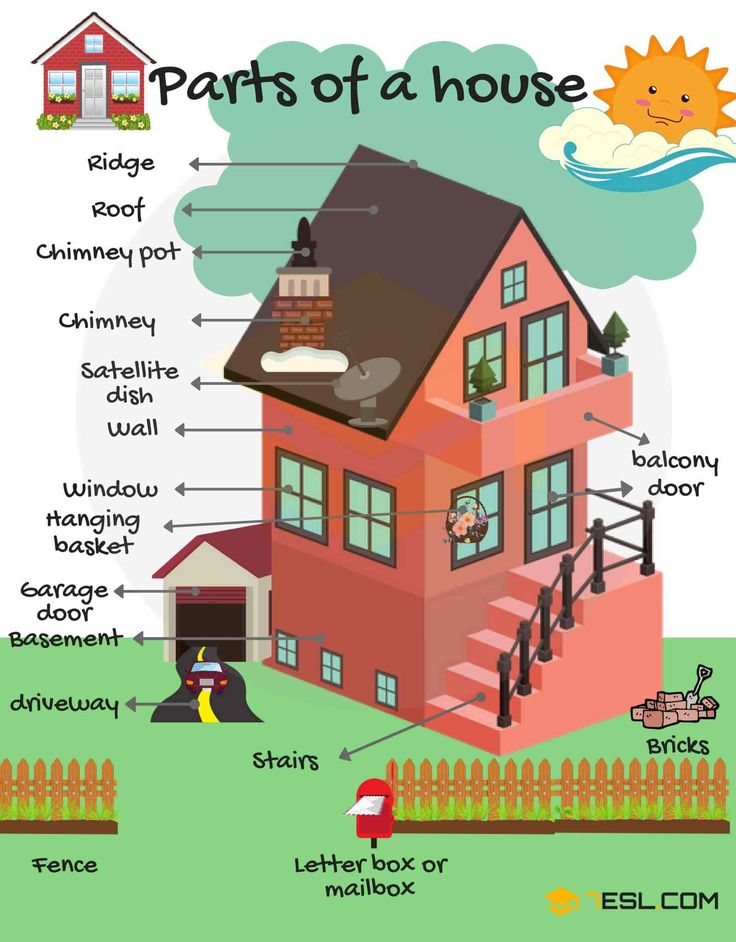
Steel Backed Brick Company specialises in lightweight brick cladding systems featuring custom cut bricks placed into a steel rail, which is mechanically fixed to the substrate. The steel backed brick walls are extremely strong and can be safely used in seismic zones. The brick tiles are cut from real bricks to create an authentic brick wall cladding.
http://sbbv.com.au/
2. Timber Clad Houses and Wall Cladding: Boral
Hardwood timber is increasingly being preferred as an external cladding material in both commercial and residential building segments. Boral’s exterior cladding made from natural hardwood combines the beauty of Australian timbers with long-term durability and bushfire resistance up to BAL 29.
Boral’s hardwood timber cladding is resilient to natural seismic movements, has decorative and functional applications, offers termite resistance and is available in Blackbutt and Spotted Gum species. Surface coating with an exterior pigmented stain or paint is recommended to avoid weathering.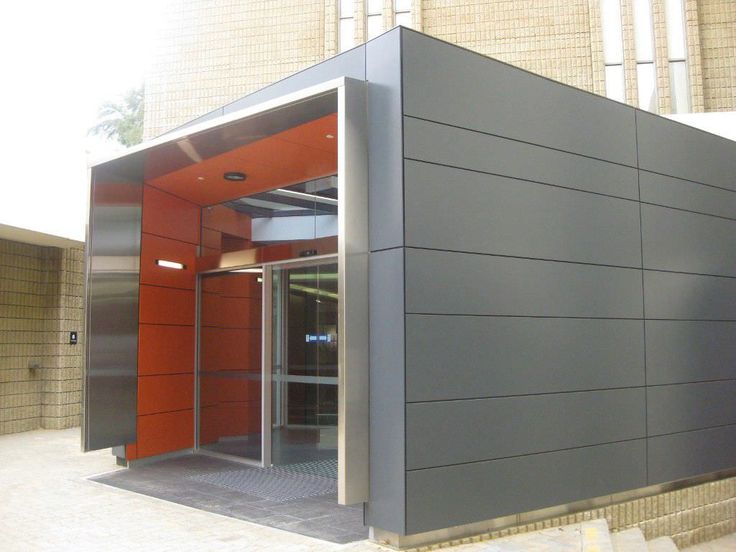 Long-term performance also hinges on periodic maintenance and recoating when required. The cladding can be fixed on timber or steel framework.
Long-term performance also hinges on periodic maintenance and recoating when required. The cladding can be fixed on timber or steel framework.
https://www.boral.com.au/products/timber/cladding/cladding
3. Lightweight Brick Finish Cladding: Corium
Corium by PGH Bricks is a lightweight ventilated rainscreen facade system that can provide a stunning brick finish cladding on newly constructed high-rise buildings as well as renovations. The Corium system consists of specially manufactured brick tiles that mechanically clip into a galvanised steel or stainless steel backing, with mortar added using a pump.
The Corium brick look cladding system offers design versatility with a broad choice of colours and textures helping achieve bespoke decorative patterns. Corium speeds up construction, saving both time and cost in comparison with traditional brickwork. The lightweight cladding can be fixed onto various substrates including concrete, timber frame, structural steel, lightweight steel frames and masonry.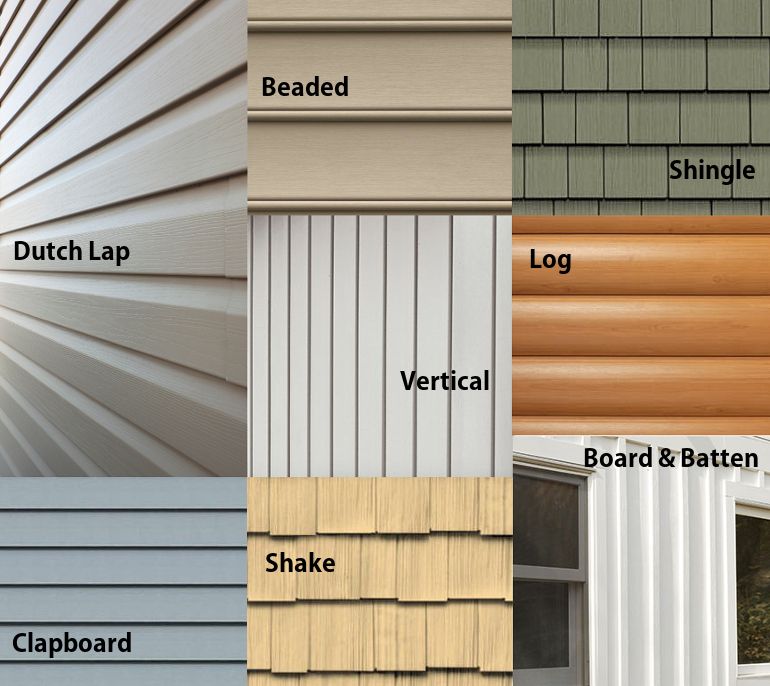
https://corium.pghbricks.com.au/what-is-corium
4. Fibre Cement Exterior Cladding Solutions
Fibre Cement cladding available from James Hardie is a high performance, low maintenance exterior cladding system available in a variety of cladding profiles. Popular amongst homeowners, designers and builders around Australia, Hardie™ external cladding is the ideal choice for making home exteriors beautiful and enduring. Like a protective layer or skin on the outside of a house, exterior cladding is ideal for providing weather resistance and safeguarding homes from harsh natural elements. Cladding and weatherboards are also chosen to add personality and style to a range of home designs. Cladding comes in a large variety of styles and textures which can be painted in almost any colour opening up unlimited design possibilities.
Made from the innovative Scyon fibre cement formulation, these cladding boards and panels meet BAL 40 bushfire requirements and have a fire rating of up to 60 minutes when used with Hardie Smart wall systems
Available in a choice of finishes, the cladding range from James Hardie can either be nailed to timber frames or screwed to light gauge steel frames, with the boards supplied pre-primed and ready to paint.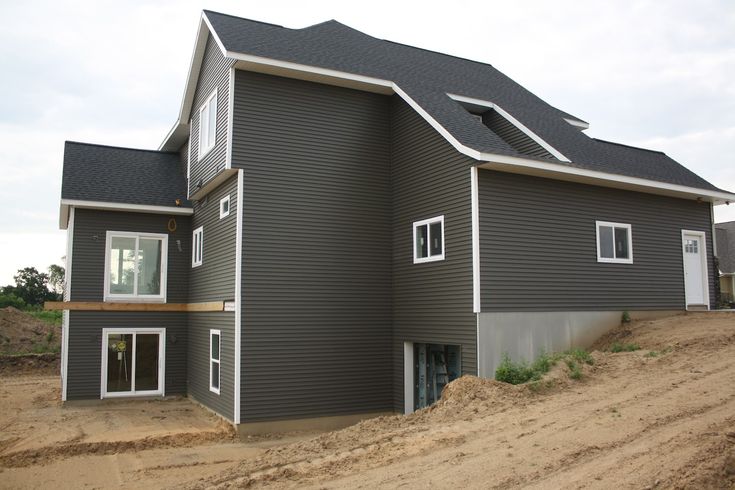
https://www.jameshardie.com.au/categories/cladding
5. Aluminium Architectural Cladding: Alumate
When aesthetics, durability, weather resilience and maintenance are important considerations for your external cladding along with thermal, acoustic and fire performance, Alumate by CompositeSpec could just be your solution. An aluminium architectural cladding system available in a range of long-lasting timber finishes, Alumate has the highest fire rating tested and certified to AS15030.1 standard.
Recommended for new builds as well as renovations in commercial and residential projects or cladding over a weatherboard house, the non-combustible Alumate stands out for its realistic timber finishes such as White Oak, Beechwood, Walnut, Sapele, Mahogany, Cherry, Antique Grey and Charred. The authentic timber look is achieved using a patented heat transfer process.
Alumate cladding features an interlocking tongue-and-groove design for a concealed fixing and a clean timber finish. The profiles can be installed vertically as well as horizontally to meet design requirements.
The profiles can be installed vertically as well as horizontally to meet design requirements.
https://www.compositespec.com/alumate/
6. Hardwood Fibreboard Cladding: Weathertex
A timber cladding made from Australian Hardwood and natural wax that comes with the claim of ‘better than zero carbon footprint’, Weathertex’s timber cladding is designed for architects and builders with green building objectives. With zero chemical additives, the cladding can be used in both external and internal cladding applications.
Weathertex cladding is the first manufactured product globally to receive GreenTag Platinum accreditation on the natural range.
Key features also include simple DIY installation, termite resistance and 25-year guaranteed protection against rot, split or crack issues and is supplied Natural or Primed ready for painting or coating.
https://www.weathertex.com.au/
7. Vinyl Wall Cladding: Duratuff Select
Vinyl cladding is one of the most durable external cladding materials on the market – and also one of the most popular choices.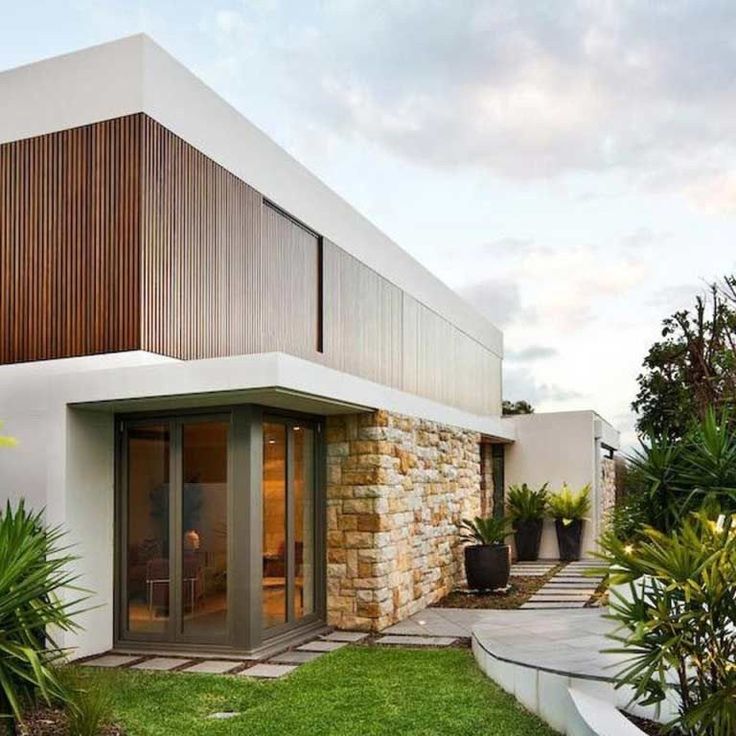 Duratuff Select is a new generation of timber-look vinyl wall cladding and vinyl weatherboards with realistic woodgrain textures. This premium cladding range from Duratuff is designed for Australian homes, delivering thermal as well as acoustic efficiency when cladding a brick house.
Duratuff Select is a new generation of timber-look vinyl wall cladding and vinyl weatherboards with realistic woodgrain textures. This premium cladding range from Duratuff is designed for Australian homes, delivering thermal as well as acoustic efficiency when cladding a brick house.
Duratuff Select cladding is low maintenance, will retain its good looks for years and comes with the assurance of a 50-year warranty. The vinyl cladding will not peel, rot, dent, split or crack, can withstand harsh weather conditions, and is integrated with CFC-free solid foam insulation. Duratuff Select can be installed on a range of surfaces including fibro, weatherboard, corrugated iron, concrete, brick and artificial brick.
https://www.austech.com.au/cladding/duratuff-select-vinyl-cladding
8. Prefinished Fibre Cement Panels: Barestone
A stunning range of external prefinished fibre cement (or concrete cladding) panels, Cemintel Barestone stands out for its striking raw cement finish.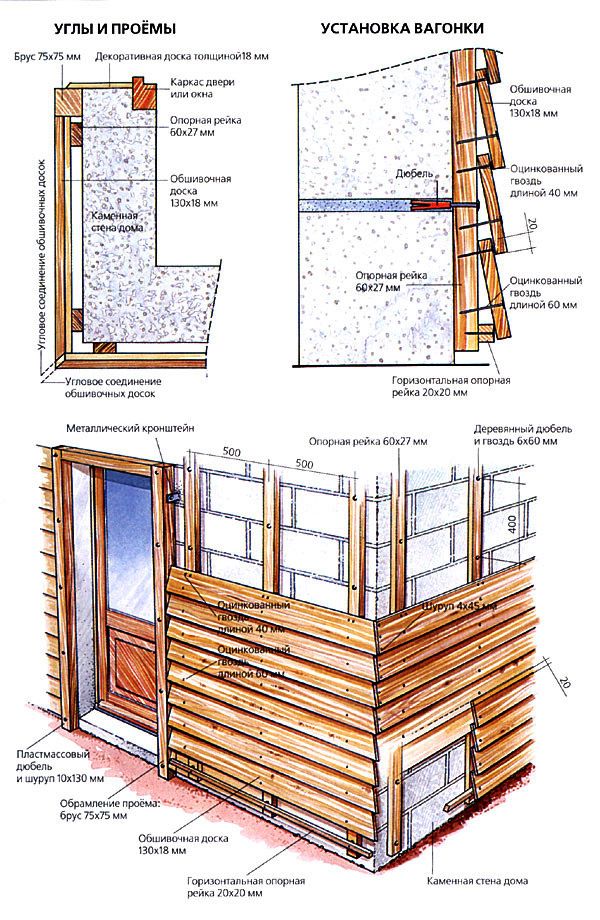 Made from cement, sand, cellulose fibre and water, Barestone weathers naturally, allowing its organic finish to seamlessly blend into the environment. The subtle, yet beautiful stone finish is perfect for creating a refined contrast in any contemporary or traditional design plan.
Made from cement, sand, cellulose fibre and water, Barestone weathers naturally, allowing its organic finish to seamlessly blend into the environment. The subtle, yet beautiful stone finish is perfect for creating a refined contrast in any contemporary or traditional design plan.
Purpose-built for building facades, Barestone is lightweight, durable, low maintenance and easy to install on external walls. Being weather-resistant, the prefinished panels offer a long-term exterior cladding solution.
http://www.cemintel.com.au/products/barestone-external/
9. Natural Stone Cladding: Bellstone
Natural stone cladding by Bellstone comes in sandstone, bluestone, slate and quartzite varieties. External wall cladding in natural stone is ideal for feature walls, pool areas, retaining walls, stairwells and fireplaces as well as around columns and fountains. Choose a natural stone that harmoniously fits in with your setting. High density stones will absorb less water, slowing down discolouration.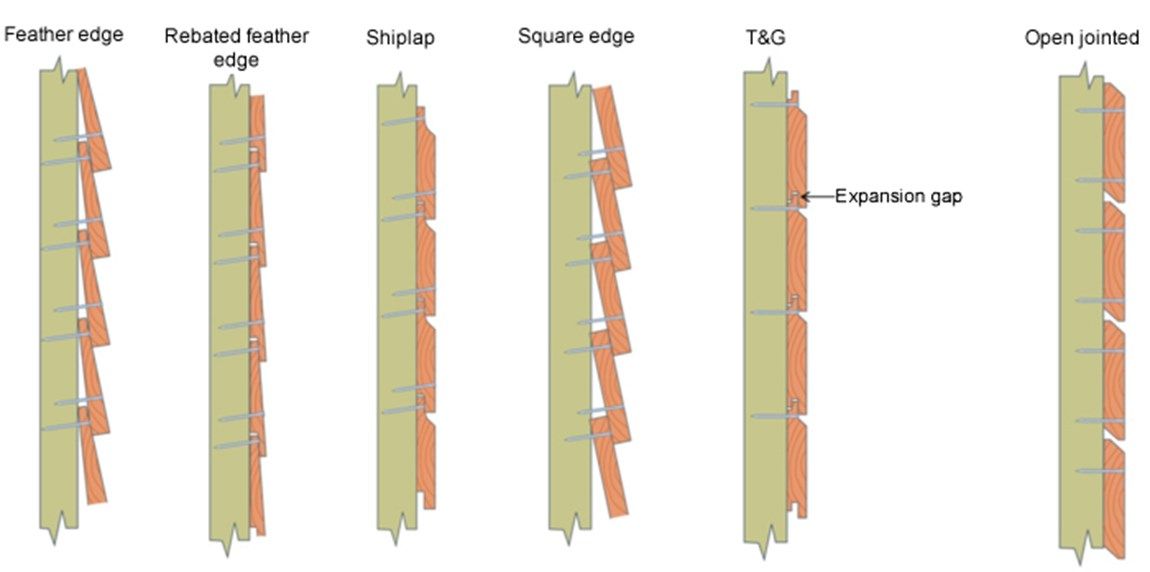 Natural stone cladding in darker shades are easier to maintain as the dirt won’t show easily. However, lighter colours will need regular washdowns to prevent staining.
Natural stone cladding in darker shades are easier to maintain as the dirt won’t show easily. However, lighter colours will need regular washdowns to prevent staining.
Natural stone or tile cladding adds value of modern homes with its impactful appeal. Natural stone is also very durable, acts as an excellent insulator, shows resilience against harsh weather, resists fire, withstands abrasions and scratches, and can be easily maintained. However, natural stone can be more expensive than other wall cladding products, and is labour-intensive during installation. Natural stone cladding also demands a structural substrate for stability.
https://www.bellstone.com.au/cladding
10. Metal Cladding: COLORBOND cladding
A high performance cladding material, COLORBOND clading steel has proven its worth many times over on building facades as well as interior feature walls. With a choice of 22 standard colours and 5 matt shades, COLORBOND cladding substantially expands design possibilities.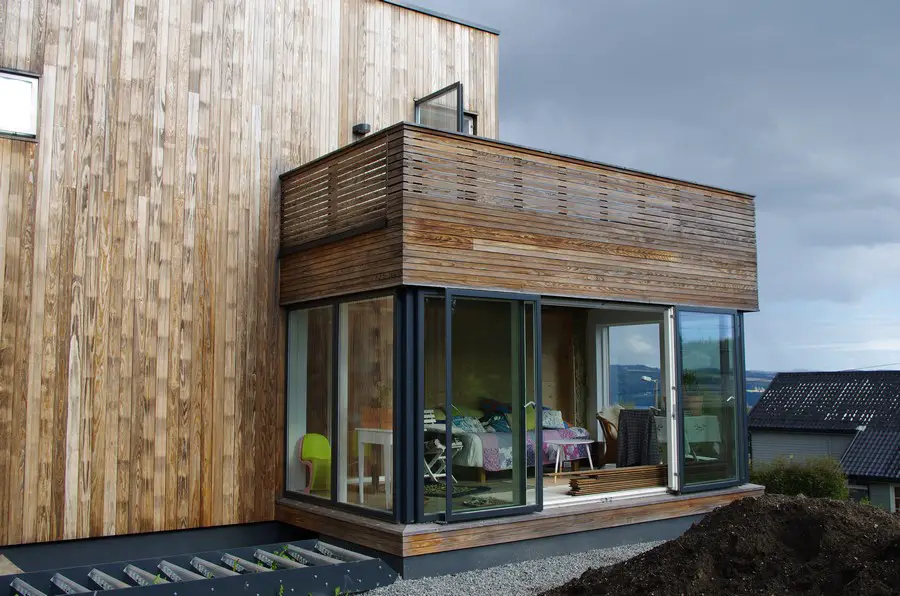 The steel cladding also delivers several performance benefits such as a long lifespan, resistance to chipping, flaking and blistering, fire protection, simple maintenance and light weight.
The steel cladding also delivers several performance benefits such as a long lifespan, resistance to chipping, flaking and blistering, fire protection, simple maintenance and light weight.
When installed to manufacturer’s specifications, COLORBOND steel cladding creates weather-tight and secure building envelopes. The solar reflective colours in the COLORBOND palette contribute to enhanced thermal efficiency and occupant comfort. COLORBOND steel is also completely recyclable.
https://colorbond.com/products/walling
9 Types of House Cladding
Last updated: 21st March 2023
Choosing the correct type of wall cladding will mostly come down to style and appearance. It is also important to consider cost, quality and materials when shopping around. In this house cladding guide, we look at a wide range of cladding options and their benefits and aesthetic properties.
Cladding describes any material that covers the outer wall of a building.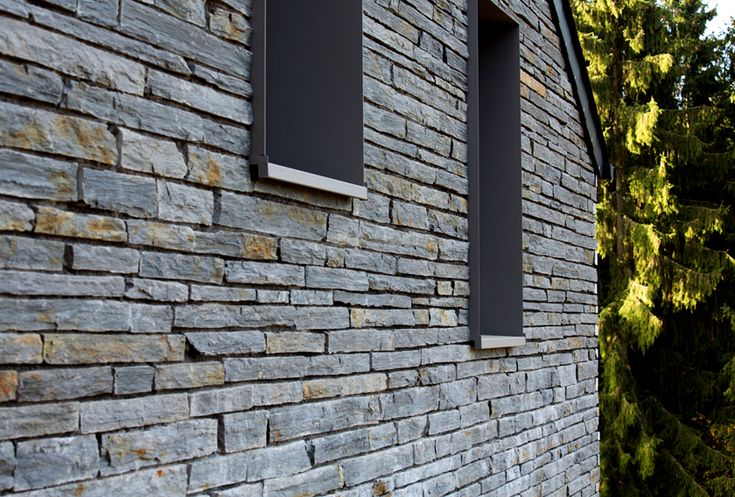 It can be attached either directly onto the walls or fixed to supporting battens. Applying wall cladding can offer extra protection to the exterior of a home or commercial building and transform its entire look.
It can be attached either directly onto the walls or fixed to supporting battens. Applying wall cladding can offer extra protection to the exterior of a home or commercial building and transform its entire look.
Several cladding options are available on the market, from timber cladding to fibre cement and tile cladding. Each provides its own unique benefits.
Article Contents:
- Fibre Cement Cladding
- Composite Cladding
- Wood / Timber Cladding
- Stone Cladding
- uPVC Cladding
- Brick Cladding
- Metal Cladding
- Tile Cladding
- Glass Cladding
QUICK SUMMARY
If you are looking for a cost-effective cladding option, wood or metal materials would be a good first choice. If the aesthetics for a domestic build are a priority, then Fibre Cement, Composite or Glass are fantastic options. Finally, if you are looking for a low-maintenance install-and-go cladding material, then uPVC is ideal.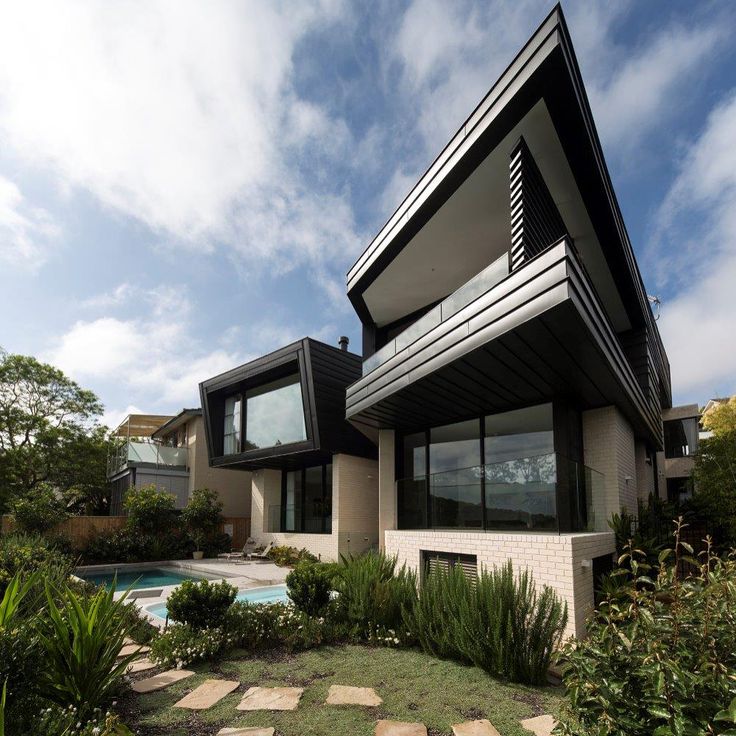
Read on to learn more about each option.
Types of House Cladding
FIBRE CEMENT CLADDING
Fibre cement cladding materials are made from a combination of sand, cement, cellulose fibres and water.
Fibre Cement Wall Cladding Boards by Cladco give a house a high-quality finish and feature a subtle woodgrain effect texture on their surface. This is a low-cost cladding type that also boasts minimal maintenance, so upkeep costs are minimal.
- Fibre cement wall cladding is often installed on domestic homes and delivers a durable and easy-to-maintain finish
- Fibre cement cladding is a composite material made from a mix of cement, cellulose fibres, clay, iron and limestone. Sand improves the boards' resilience to harsh weather conditions and natural fire resistance.
- Fibre cement boards are an easy-to-install cladding option and are fitted using a simple feather board technique.
- This type of cladding has good weather resilience, with minimal expansion and contraction in hot or cold temperatures.
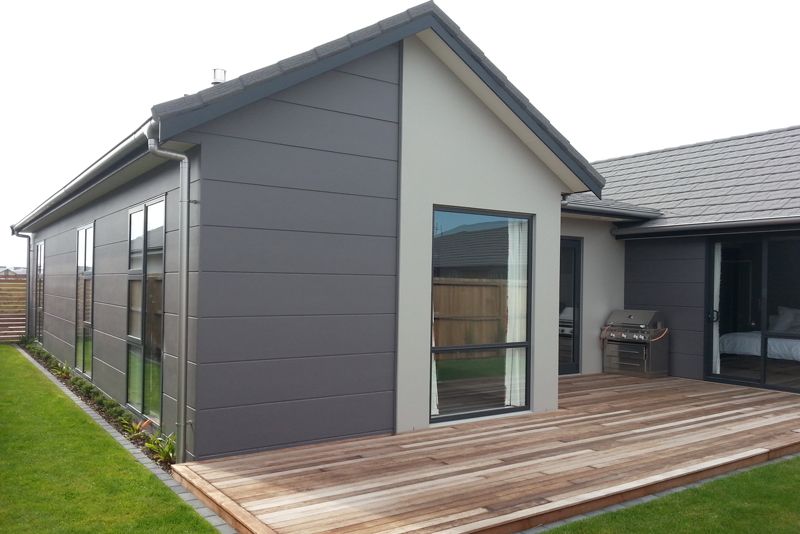 Boards are available with a textured wood grain surface that recreates the look of timber, with more colours to choose from.
Boards are available with a textured wood grain surface that recreates the look of timber, with more colours to choose from. - Expect to pay anywhere from £27.50 per square metre
COMPOSITE CLADDING
Composite cladding is manufactured from a hybrid of wood and plastic. It has become an increasingly popular cladding material in recent years. Cladco Composite Wall Cladding is a high-quality composite option and is available in a selection of eight colours. It also comes in both woodgrain and original finishes to suit your home.
- Composite cladding is a popular choice for homes looking for an external refresh. Many people choose composite cladding as it can be installed horizontally or vertically. It also protects the exterior or render on a property.
- Cladco Composite Wall Cladding is made from 60% FSC® Certified recycled wood fibres and 40% recycled plastics. This makes for an environmentally-friendly and durable cladding material.

- Composite is one of the most adaptable external cladding materials on the market. It can be cut to custom lengths with basic woodworking tools, and finished with matching Composite Trims and Fascia Boards.
- There's also no need to sand, varnish or paint composite cladding boards. This makes them low-maintenance when compared with real wood cladding.
- Expect to pay from £40 per square metre.
WOOD / TIMBER CLADDING
Timber cladding is one of the most natural materials cladding can be made from. When applied to the outside of a home it can add rustic appeal. Although easy to install, timber cladding will need annual treatment and maintenance to keep it looking new. From a structural point of view, timber is very stable and is popular with conventional designs.
- Timber cladding has proven to be one of the most popular cladding in recent years due to its versatility and natural properties. It is one of the most environmentally friendly and reusable exterior cladding systems available on the market.
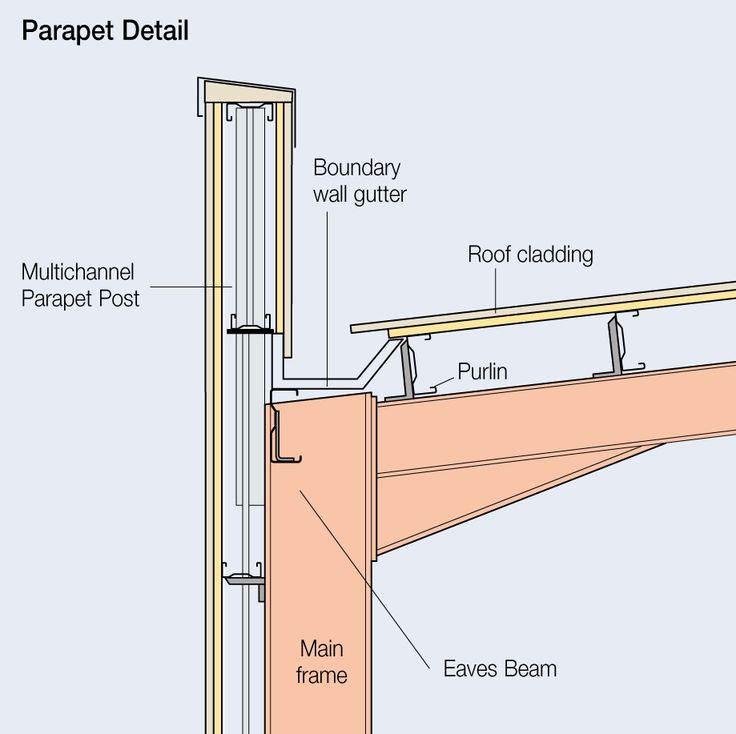
- Timber cladding can be used either indoors or outdoors, creating a natural and warm aesthetic for a home.
- Available in a variety of colours and styles, timber offers a range of options for both traditional and modern cladding designs.
- Wood cladding can be installed vertically, diagonally or horizontally depending on the style you are aiming for.
- Expect to pay from £40 per square metre. Prices can vary depending on material and labour costs.
STONE CLADDING
Layers of natural stone make up this external house cladding type. Stone creates a rustic exterior, popular with houses located in more rural settings. The many variations of stone cladding also make it a popular choice on new builds that are looking for a different finish to neighbouring properties.
- Stone cladding is a good option for a domestic property, providing a more traditional aesthetic for the exterior of a house.
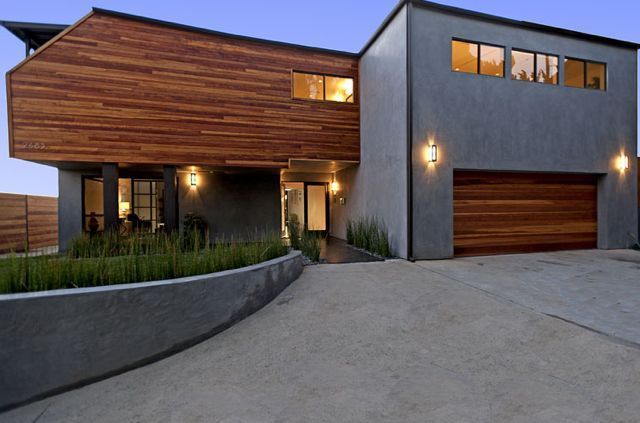
- Stone cladding is a great choice for buildings that are exposed to harsh weather throughout the year. The natural properties of stone reduce the risk of dampness and water leaks.
- Stone cladding can include several natural stone materials, such as marble, sandstone or slate. In recent years, more people have been choosing a lightweight alternative in the form of simulated stone veneers. These achieve a similar look that is more cost-effective to buy and easier to install onto solid walls.
- Stone comes in various sizes, textures and cuts and can be installed in uniform lengths or random patterns.
- Expect to pay from £50 per square metre for faux stone cladding and real stone cladding will be noticeably more due to the craftsmanship required to fit it.
uPVC CLADDING
UPVC or PVC Cladding is an affordable cladding option that requires minimal maintenance and is quick to install and repair if needed. It is typically seen on holiday properties and portable rental homes where cladding can be applied for consistency on a budget.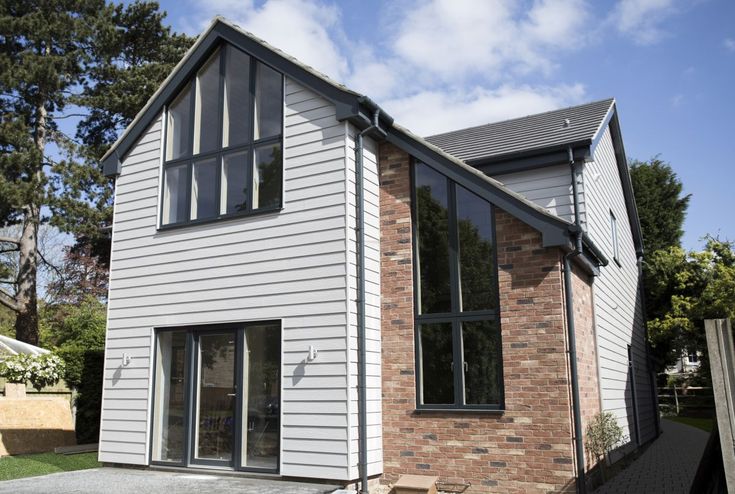
- uPVC (Unplasticised Polyvinyl Chloride) is one of the cheapest cladding options on the market. It proves to be a popular choice due to its vast colour range and lightweight properties.
- uPVC is easy to maintain and requires very little upkeep over its lifespan. Once installed, a simple wash with warm water and a brush are generally all that's needed.
- Offering beneficial properties, such as being fire resistant, uPVC helps to prevent the spread of fire. As well as this it is UV protected to prevent the boards from fading with sun exposure (be sure to check the manufacturer's product information).
- uPVC can also provide additional thermal insulation properties.
- Expect to pay anywhere from £30-£50 per square metre.
BRICK CLADDING
Brick cladding panels can transform a house, with choices available to suit any architectural style. You might choose brick if you are looking to replicate a popular pattern or to simply protect the outside of your home from damage or weathering.
- When installed on exterior walls, brick cladding can recreate the same appearance as standard red bricks. They also have the added bonus of installation convenience. Provided in large panels, this cladding type can be customised to suit your home
- Brick cladding comes in a variety of colours and styles making it a popular choice for homeowners.
- Brick cladding can create a modern, long-lasting wall exterior.
- Expect to pay from £35 per square metre.
METAL CLADDING
Metal cladding materials can often be found on agricultural and commercial buildings. They offer an easy-to-clean metal surface that reflects the industry it represents.
Cladco Roofing supplies Metal Cladding Sheets that create a modern alternative to traditional materials such as timber. Sheets are available in a range of coatings and colours to suit your budget and project. Choose from scratch-resistant PVC plastisol, smooth polyester paint, or plain galvanised steel sheets.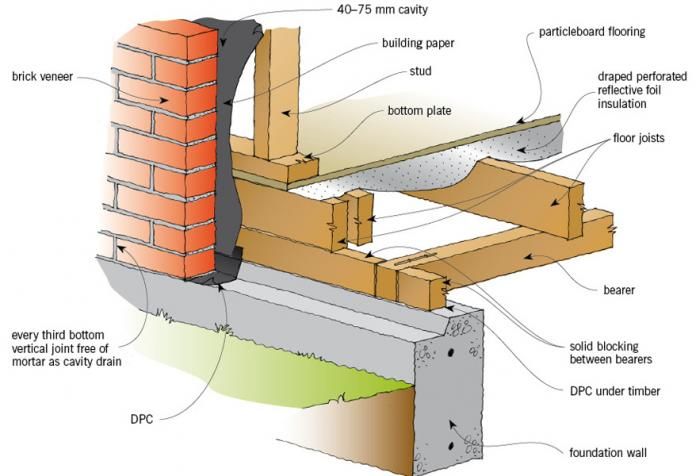
- Metal cladding is often used to cover industrial and agricultural buildings. More recently, it has become a popular choice for cladding large domestic buildings like barn conversions.
- Steel and aluminium are popular metal cladding materials. When paired with a coating, many other colours and finishes are available.
- Metal cladding can provide extra protection from fire as a non-combustible material. Aluminium is mostly chosen for this purpose alone.
- Metal cladding provides a good level of insulation for the building. It is a long-lasting material preferred for more significant working buildings.
- Expect to pay anywhere from £15 per square metre for plain galvanised, and £25 per square metre for PVC Plastisol.
TILE CLADDING
Tile is a popular choice for homes looking to stand out and increase curb appeal. Tile cladding provides insulation and protection from the elements. It can be manufactured from manmade or natural materials such as plastic or slate/clay.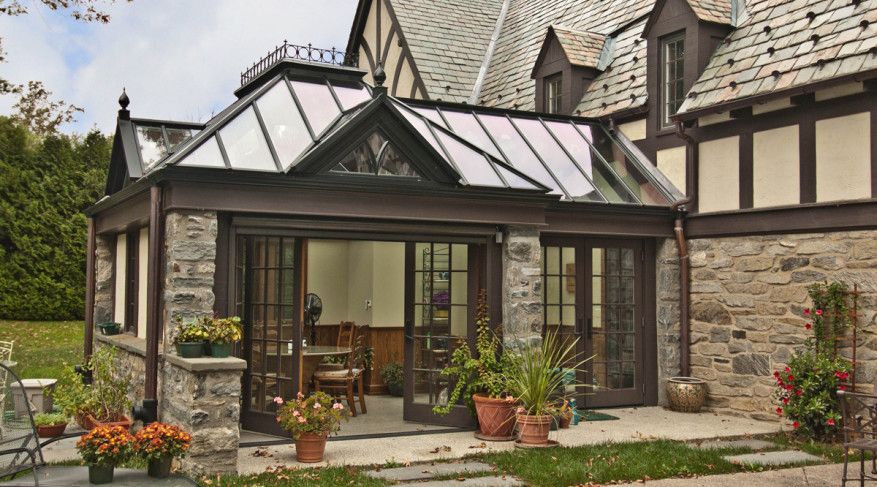
- Tile cladding panels are commonly seen on internal applications but are also popular on external walls. Tiles can be customised to create different patterns or simply one uniform pattern across a building.
- A variety of colours and finishes makes this type of cladding very adaptable for creative applications. Hanging tiles can give a more traditional appearance, but can come with a higher price tag (£55+ per square metre).
- Handmade tiles can give a building a more modern appearance, increasing expenditure on the initial outlay.
- Insulation properties make the tiles the ideal choice for colder climates.
- Expect to pay from £28 per square metre (price depends on the style and finish)
GLASS CLADDING
Glass cladding is a modern aesthetic that allows plenty of natural light into the building. Glass cladding is a pricey option per square metre compared with other materials, however, they are low maintenance and long-lasting making them more of an investment in the long run.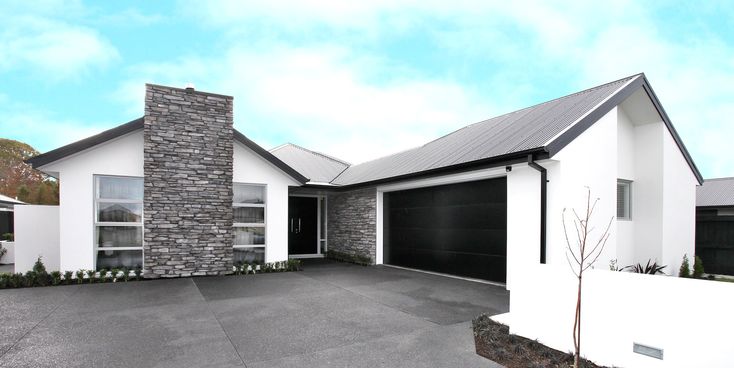
- Glass cladding has proven to be a popular choice for architects looking to make a statement on a building. From the Louvre Museum in Paris to The Shard in London, glass cladding is commonly applied to a business or commercial project for prominence and style.
- Glass cladding is low-maintenance and usually only requires annual cleaning. Glass cladding is a popular choice for large buildings as it doesn't warp or change shape over its lifetime.
- Lightweight panels mean glass cladding can be installed easily on support battens, and custom shapes are easy to achieve.
- Expect to pay from £600 per square metre.
Conclusion:
The choice of cladding for your home will come down to how you want the exterior of your home to look, its performance and the quality of materials. Choose the cladding type that best suits your budget and application. Be sure to gain professional advice before choosing or installing your cladding.
Have a question about Fibre Cement, Composite, or Metal cladding? Call us on 01837 659901 or email [email protected] for product advice and support.
RECOMMENDED READING
types of materials, installation features and properties
Exterior decoration of the house is one of the key stages of construction, which not only creates the appearance of the building, but also ensures its durability. We figure out how to decorate the facade of the house
Photo: shutterstock
The choice of finishing materials that are suitable for any type of facade is quite wide. Which one to prefer depends on the budget, the project of the house and personal preferences in decoration and design. We learned from experts what factors should be considered in the first place.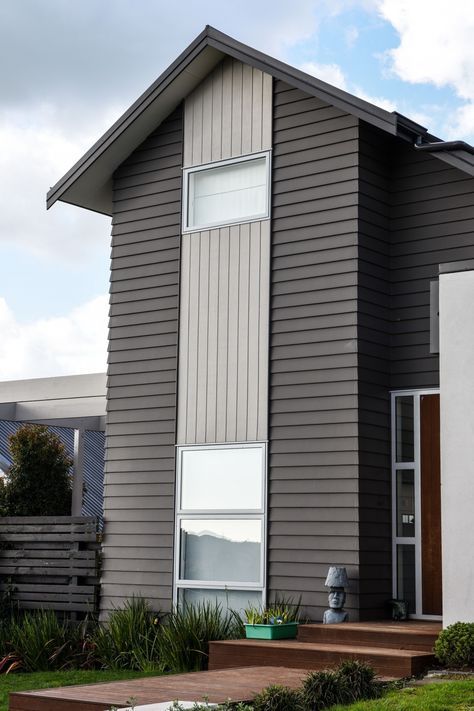
- What is a facade and its types
- Facade finishes and materials
- Plaster
- Wood
- Panels
- CSP and ALP
- Natural stone
- Brick
- Siding
- Porcelain stoneware
- Metal panels
- Liquid Stopper
What is a facade and its types
adv.rbc.ru
Facade - the front of the building. It can be made of different materials, most often brick, wood or concrete. According to the type of device and performance characteristics, facades are divided into two types: ventilated and non-ventilated.
Non-ventilated façade: finishing material is applied directly to the front side of the load-bearing wall with maximum adhesion (adhesion). As a rule, such a facade requires preparation for finishing work.
Ventilated (hinged) facade: This system maintains a special ventilation gap between the wall and the cladding material during installation.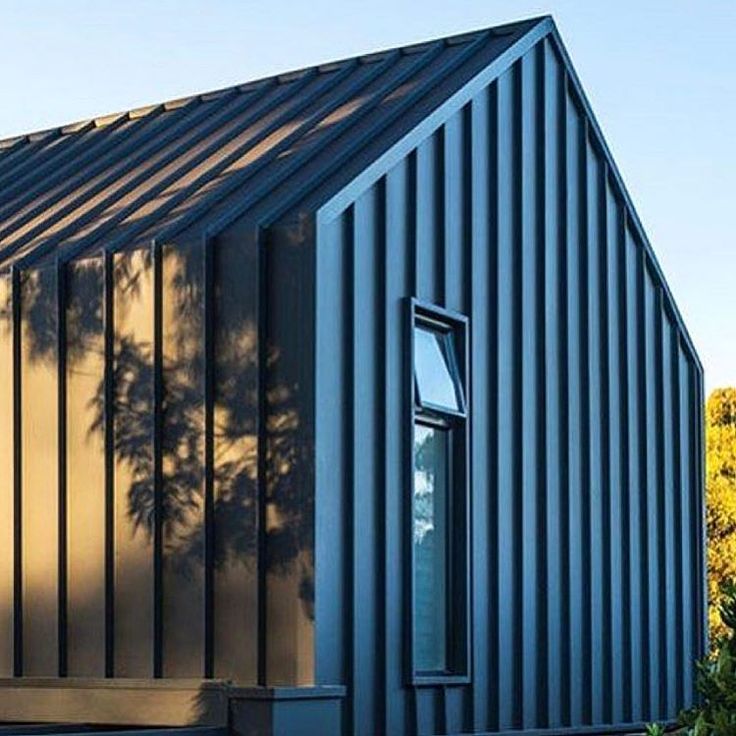 This ensures the circulation of air, which moves inside, from the bottom up. Insulation can be laid in the space between the wall and the cladding. Ventilated facades usually do not require special preparation before finishing work and are suitable for almost any building.
This ensures the circulation of air, which moves inside, from the bottom up. Insulation can be laid in the space between the wall and the cladding. Ventilated facades usually do not require special preparation before finishing work and are suitable for almost any building.
Facade decoration and materials
The main purpose of house cladding, along with creating an aesthetic appearance, is to protect walls from moisture, temperature extremes and mechanical damage. Materials for exterior decoration differ in manufacturing technology, profiles, color, texture and fastening methods. Depending on the type of facade, decorative elements are mounted on walls or on a remote frame.
Plaster
Plaster is a rough and finish mortar for interior and exterior applications. It is applied both directly to the walls and to a pre-fixed layer of insulation. For better adhesion, the surface is primed and a special reinforcing mesh is mounted. Walls can be plastered manually or mechanically.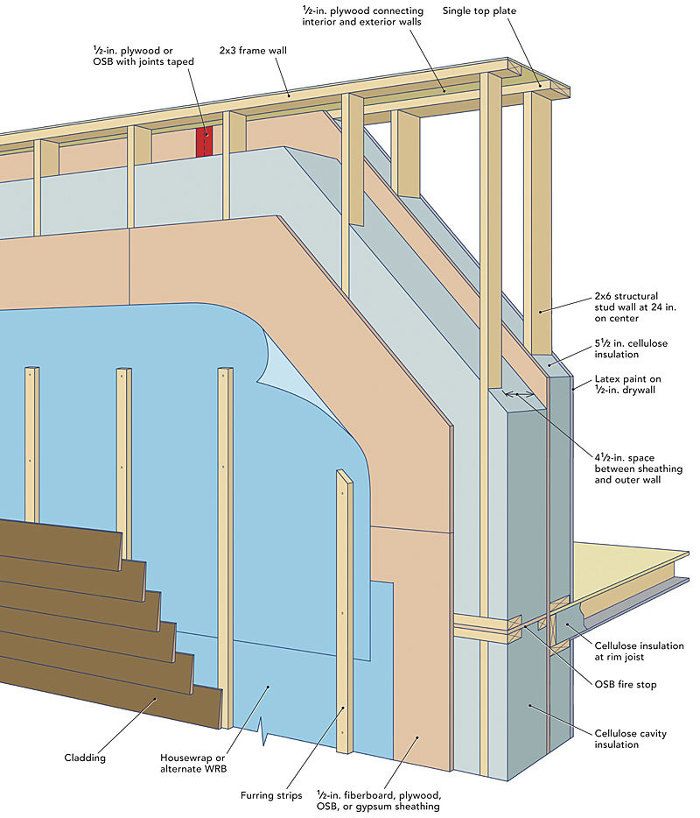
Photo: shutterstock
This finish is suitable for facades made of bricks, foam blocks, gas blocks or concrete. Some types of plasters are applied to wooden surfaces and chipboard. The plaster is produced in the form of a dry mixture, which is diluted in the required proportions with water, and as a ready-made solution (usually sold in buckets).
There are several types of plasters, which differ in the type of binder:
- Cement . Cement-based dry mix to be diluted with water.
- Mineral . Based on the same cement, but with the addition of lime, stone chips and colored clay.
- Acrylic - based on synthetic resins.
- Silicate - using water glass.
- Silicone . The main binder is natural silicone.
Thanks to additional plaster fillers, various patterns and textures can be created on the facade.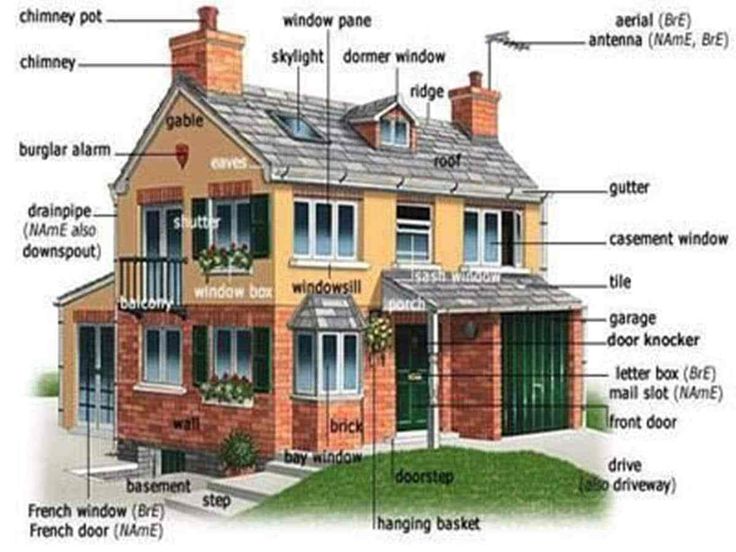 To do this, manufacturers add quartz, marble chips, small gravel or mica to the mass. Depending on the type and fraction, Venetian plaster, “bark beetle”, “fur coat”, “lamb” or travertine imitation are obtained.
To do this, manufacturers add quartz, marble chips, small gravel or mica to the mass. Depending on the type and fraction, Venetian plaster, “bark beetle”, “fur coat”, “lamb” or travertine imitation are obtained.
To improve the quality and durability of the plaster, antifungal or moisture-repellent modifiers, plasticizers and dyes may be included in its composition.
Pros:
- if the technology is followed, the coating can last up to 30 years;
- steam capacity: the walls will "breathe";
- good heat and sound insulation properties.
Cons:
- work is carried out only in the warm season, avoid direct sunlight in hot weather, strong wind and rain;
- plaster should be protected from rapid drying and freezing temperatures;
- in case of violation of technology, cracks, peeling, fungus and mold can start.
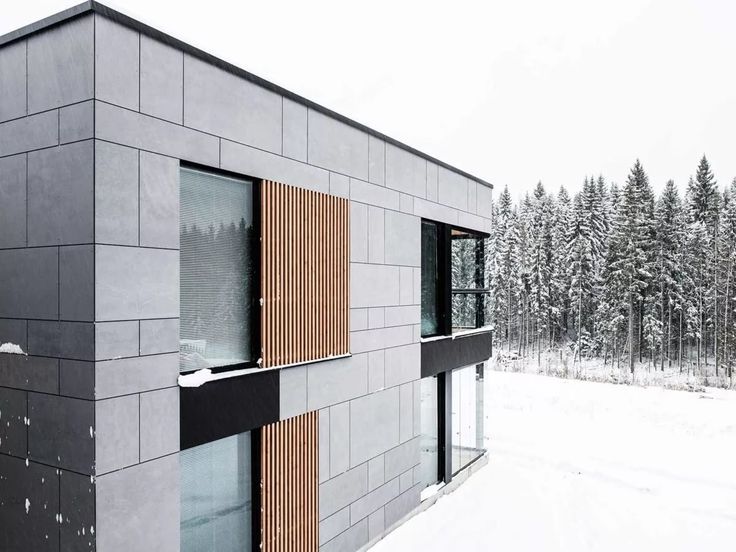
Denis Izhutov , product manager of the Knauf company:
— The advantage of a plaster facade is ease of installation. The service life depends on the correct application, the class of plaster and other factors. Repair will depend on the nature of the damage. Both local and dismantling are possible.
A common version of plaster finishing and facade insulation is SFTK (facade heat-insulating composite system with external plaster layers) or “wet facade”. It consists of an adhesive layer, insulation (based on mineral wool or expanded polystyrene), plaster to create a protective reinforcing layer, primer, decorative plaster, as well as various fasteners and profiles. Not suitable for use on a SFTC tree. In case of damage to the system, both local repairs and major repairs with dismantling are possible.
How to choose the right plaster for indoor and outdoor use
Wood
Belongs to the class of environmentally friendly materials.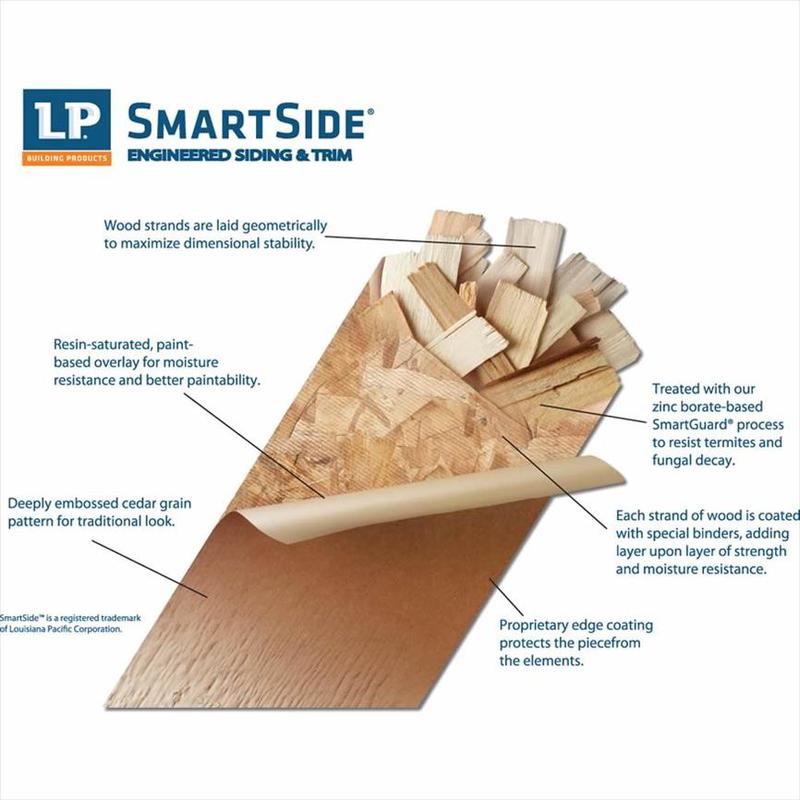 With proper care, such a facade will last for decades, protect the house from weathering and create additional insulation. Most often, pine, spruce, cedar, oak or larch are used for outdoor work. Boards can be of different lengths, shapes and differ in the type of fastening. The materials allow the use of horizontal or vertical masonry, herringbone or with gaps.
With proper care, such a facade will last for decades, protect the house from weathering and create additional insulation. Most often, pine, spruce, cedar, oak or larch are used for outdoor work. Boards can be of different lengths, shapes and differ in the type of fastening. The materials allow the use of horizontal or vertical masonry, herringbone or with gaps.
Photo: shutterstock
Clapboard . This is a cut board, the basis for which is a solid mass of wood, more often coniferous. Depending on the model and type (for example, euro), it differs in thickness, length and depth of fastening the thorn-groove. The lining is also divided according to the appearance of the profile. For example, a block house imitates a rounded timber, and an "American" has a beveled outer side.
Planken . Board planed on four sides, straight or beveled. Planken is made from both traditional woods and exotic ones - teak, merbau or abashi. The main difference from lining is in the type of fastening and the absence of tongue-and-groove joints. Installation is often done in a hidden way, such a board can be placed on the facade both end-to-end and with gaps.
The main difference from lining is in the type of fastening and the absence of tongue-and-groove joints. Installation is often done in a hidden way, such a board can be placed on the facade both end-to-end and with gaps.
Thermowood (thermomodified wood) is obtained by high temperature and hot steam treatment. The moisture content of such material does not exceed 4%, it does not contain hemicellulose - a nutrient medium for fungi, such wood absorbs moisture less and is almost not subject to swelling.
Pros:
- improves the thermal insulation of the house;
- is resistant to mechanical damage;
- easy installation, it is possible to lay a layer of insulation.
Cons:
- needs regular maintenance;
- despite the existing fire and bioprotective impregnations, in the event of a violation of the technology, the tree is subject to decay and may catch fire;
- some types of wood are very expensive.

Sergey Baturin, an expert in natural wood flooring and wall coverings, head of Ekzofloor:
— Wood species that are optimal in quality are those that grow in places with a harsh climate. A tree from the tropics also has strength and durability due to the presence of essential oils and antiseptics in the composition. If you choose ultra-resistant species - teak, kumaru, ipe or merbau - the facade will last up to 60 years, withstanding temperature extremes and humidity.
The most profitable finish is heat-treated wood. The technology of thermal modification with water vapor is carried out at high temperatures, with which almost all moisture comes out of the wood. As a result, the tree during operation does not change its linear size, experiences temperature changes, and has a high fire resistance class.
Panels
A wide range of façade materials characterized by ease and speed of installation.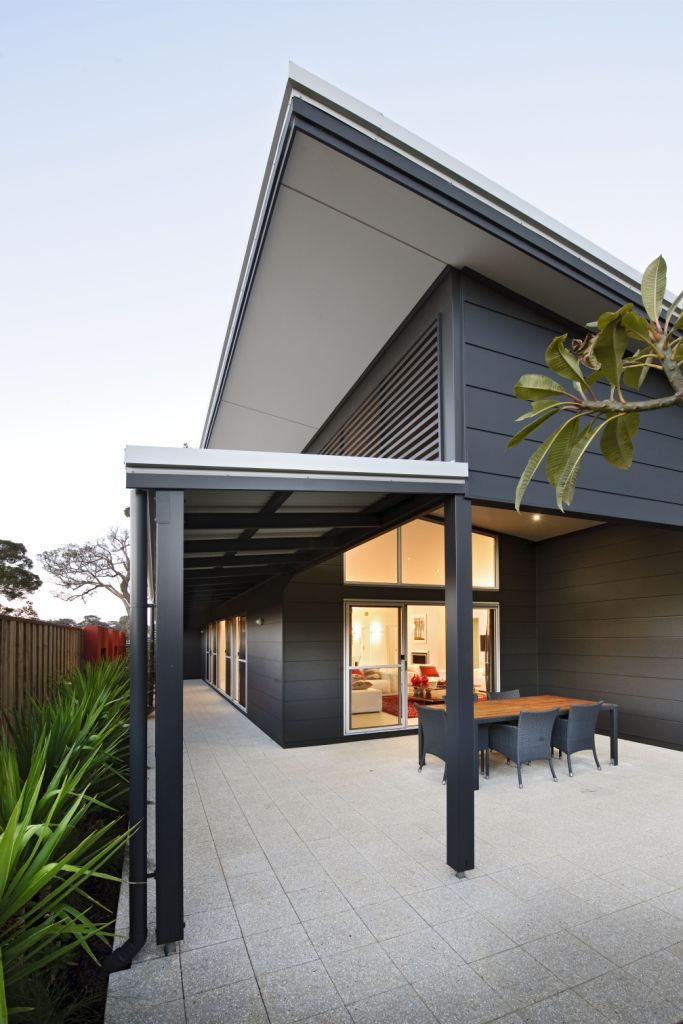
Sandwich panel house (Photo: shutterstock)
Such panels differ:
- according to the type of source material: cement, PVC, glass, wood and others;
- by the presence of a layer of insulation;
- appearance: stone, wood, brick, etc.
Here are some popular solutions.
Fiber cement panels . For 90% they consist of cement with the addition of cellulose or synthetic fibers that perform a reinforcing role. From the outside, fiber cement panels mimic various materials, such as brick or masonry.
Pros:
- strength and impact resistance;
- relatively light weight;
- tolerate temperature extremes well.

Cons:
- with prolonged contact with water, the cement in the composition begins to absorb moisture, this can lead to deformation.
Clinker panels (thermal panels) . Multilayer material, consists of a decorative layer of clinker tiles and insulation - expanded polystyrene or polyurethane foam. Clinker panels are often used to insulate the basement.
Pros:
- high moisture resistance;
- fast installation, mounting on a special adhesive composition is possible;
- do not require special care.
Cons:
- need to prepare the facade and a flat surface;
- in case of violation of technology, condensate may accumulate in the resulting gaps.
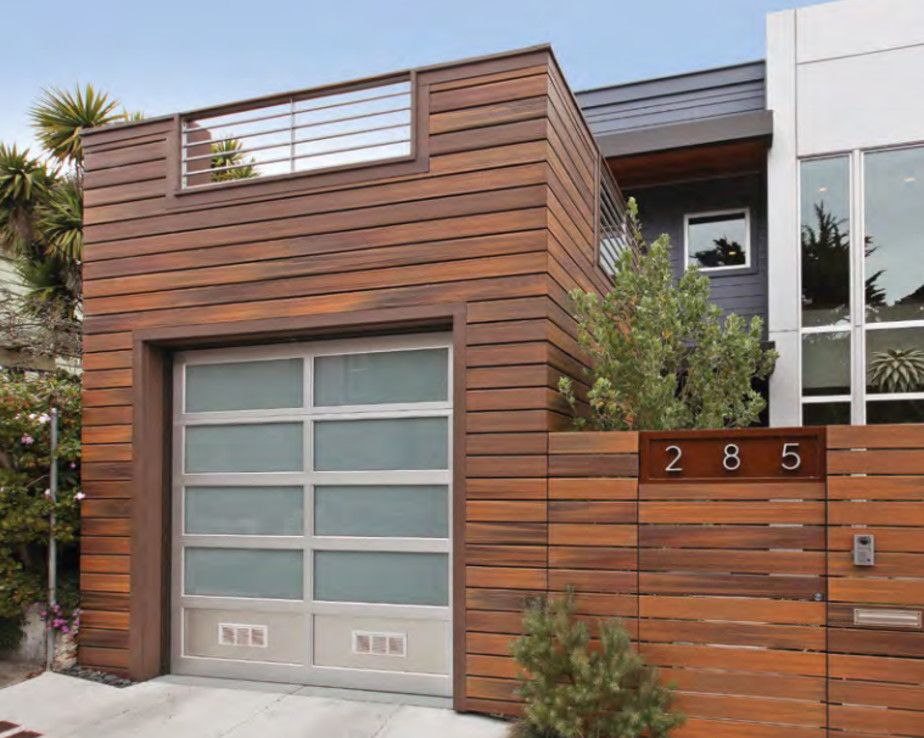
Sandwich panels . Consist of several layers: metal, insulation, vapor barrier and another layer of metal, wood or OSB. This option is suitable not only for cladding, but also for the rapid construction of walls.
Advantages:
- fast mounting and dismounting;
- the possibility of construction at any time of the year;
- panel materials are not affected by fungus, mold.
Cons:
- vulnerability to mechanical damage;
- require good sealing.
HPL-panels (High Pressure Laminate) are produced under the influence of a special press on several layers of decorative paper and pulp impregnated with thermosetting resins. During processing, all layers of paper are impregnated with resins, which takes the form of a monolithic slab.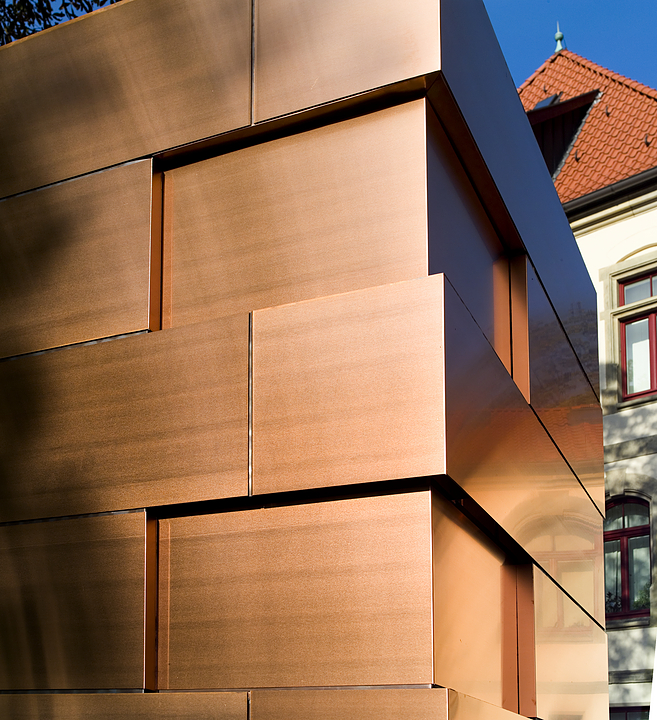 To protect against external atmospheric factors and mechanical damage, the surface is coated with an acrylic composition. HPL boards are usually large and weigh quite a lot.
To protect against external atmospheric factors and mechanical damage, the surface is coated with an acrylic composition. HPL boards are usually large and weigh quite a lot.
Nodira Isamiddinova, Head of Research & Development Department at AKFA Group:
— HPL panels are light, non-flammable and scratch resistant. The disadvantages include a device for special trimming for their installation and a relatively high cost. In addition, a large area of sheet panels creates a high wind load, which requires a strong attachment to the support subsystem.
Composite boards
Composite boards are another class of board materials used in construction and outdoor work, they serve as the basis for various finishing materials, are used in the installation of curtain walls and surface leveling.
Photo: shutterstock
There are several types of such panels:
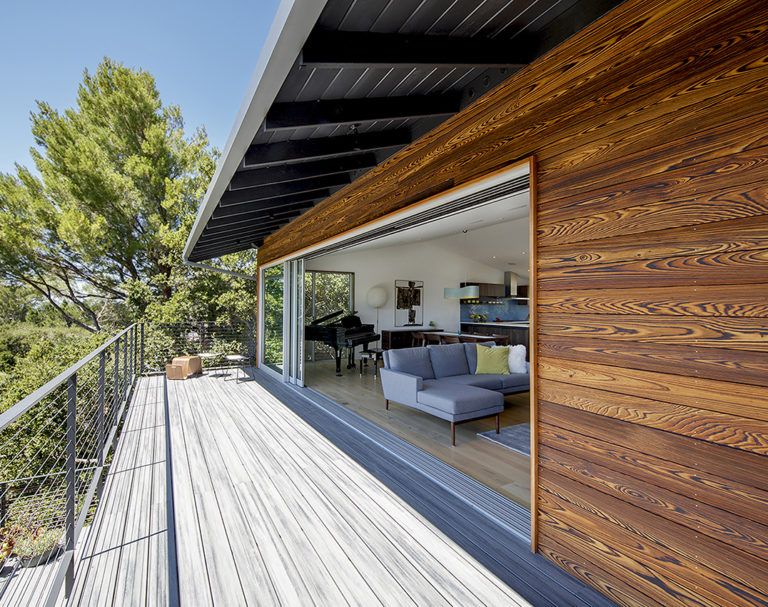
Depending on the type of slab, it can be used for fire protection of wooden structures, wall and partition cladding, as a base for roofing, etc. They can be finished with a finish, such as plaster or facing clinker tiles.
Mikhail Bainov , product manager of Knauf:
— Since these boards are heavy and dense, the duration of work with them increases: you need to cut the boards with a saw, pre-drill them for fixing. The materials have low frost resistance and do not allow creating a seamless surface. LSU, according to the latest European studies, when soaked becomes aggressive to the metal and releases unsafe substances.
An alternative option in curtain wall systems (HFS), as in the case of external cladding of frame walls, can be cement boards - aquapanels. They allow you to create seamless surfaces due to low linear expansions, they are easy to process and cut. Any finishing coatings that can be applied on a mineral base are mounted on such plates.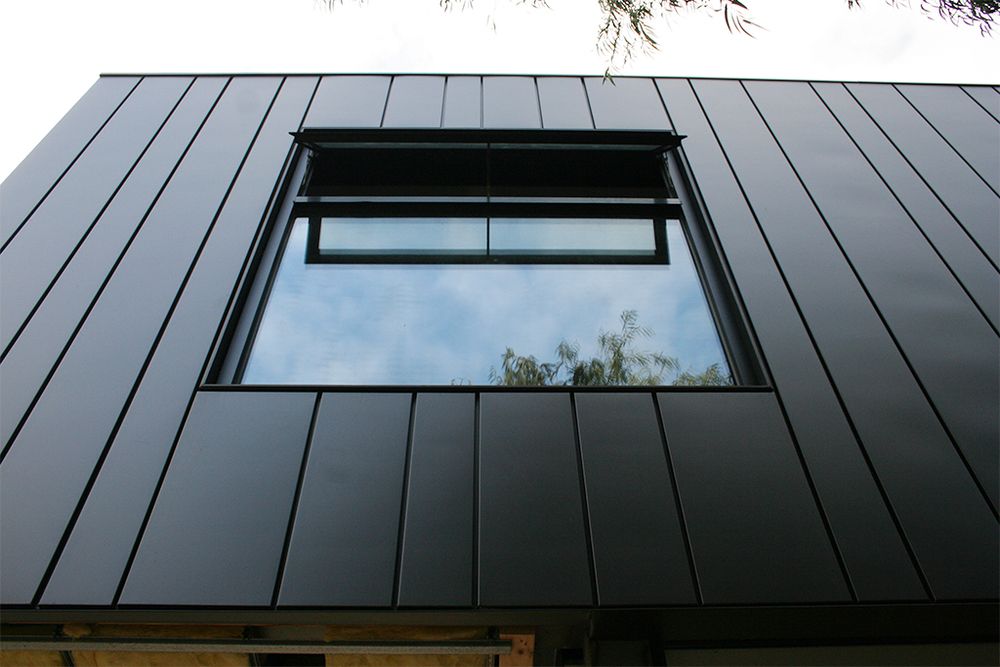
Natural stone
One of the most spectacular, but also expensive ways of finishing the facade. Popular outdoor materials include slate, sandstone, quartzite, marble, and granite.
Photo: unsplash
Natural stone is easily combined with other finishing materials, and thanks to different types of masonry, it can be formed into a unique pattern.
Pros:
- environmentally friendly material;
- high resistance to sunlight, precipitation, temperature extremes and mold;
- will last a long time.
Cons:
- some types of stone are very expensive;
- installation process is time consuming and highly skilled;
- natural stone cladding should be laid at the design stage of the façade and foundation.
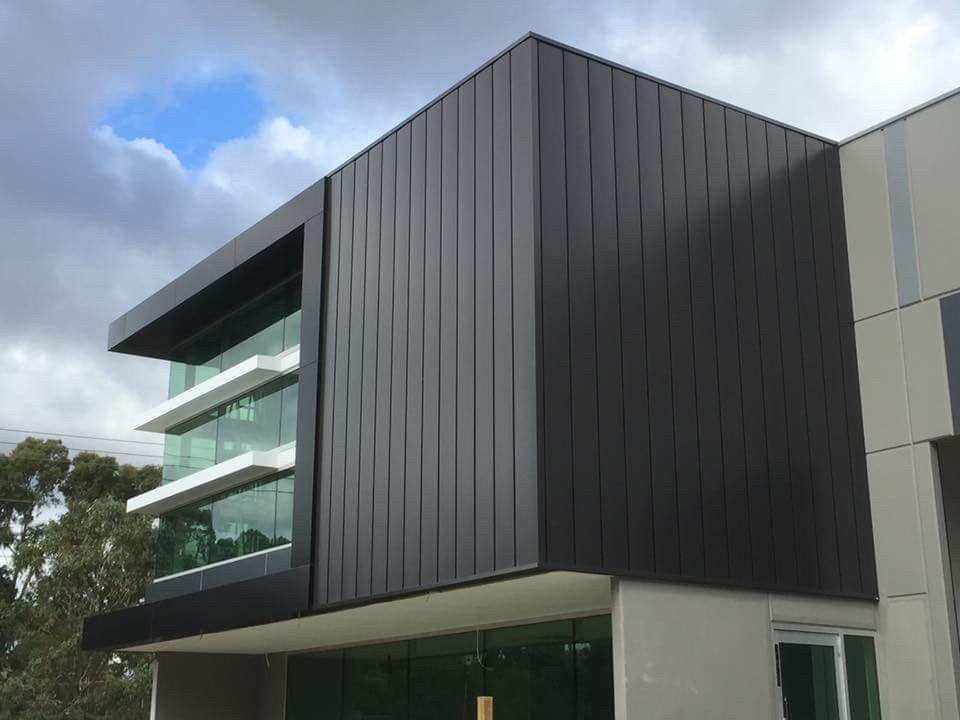
Brick
Another classic façade finish. A wide range of facing bricks differs in manufacturing technology, shape and texture.
Photo: unsplash
Brick material :
- ceramic: made of clay, followed by a firing procedure;
- clinker: also made of clay, but of special refractory grades, due to which it is considered more durable;
- hyper-pressed: based on cement-limestone mixture;
- silicate: the main materials in the composition are quartz sand and lime.
Brick shape : trapezoidal, wedge-shaped, chamfered, rectangular, etc.
The texture of brick is changed by using different techniques:
- shotcrete : application of mineral chips on the front surface of the brick.
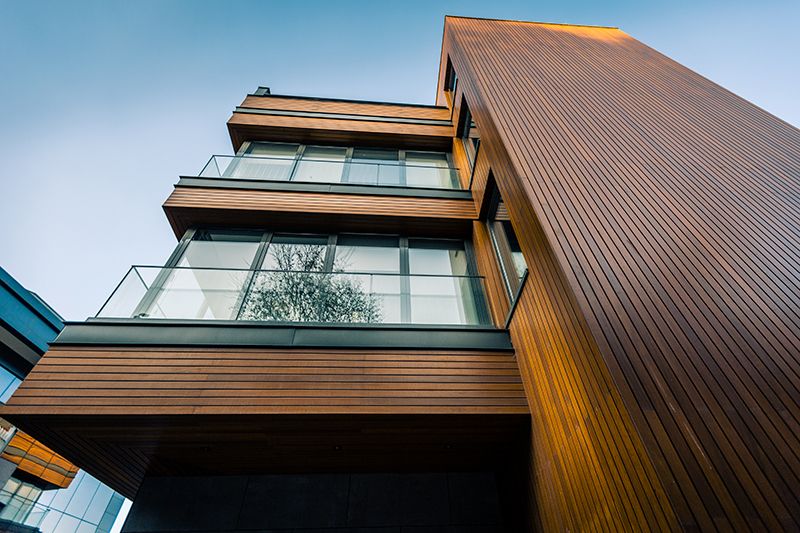 The size of the crumb can be different, sometimes a dye is added to it;
The size of the crumb can be different, sometimes a dye is added to it; - engobing : applying a thin layer of white or colored clay with mineral dyes to the brick surface;
- glazing : covering the surface of the brick with a special glaze that gives a glossy effect. May be different colors.
As a rule, brick facades are distinguished by their durability and high strength. The brick is resistant to UV radiation and temperature extremes, absorbs little moisture.
The most obvious disadvantage is the heavy weight of the final structure, which requires design preparation and the construction of a reinforced foundation. Also, for laying bricks, highly qualified builders are required.
Siding
Siding is the technology of cladding the facade with lath materials, which can be metal, cement, wood, vinyl or acrylic.
Photo: shutterstock
The last two types are most often found in the decoration of private houses.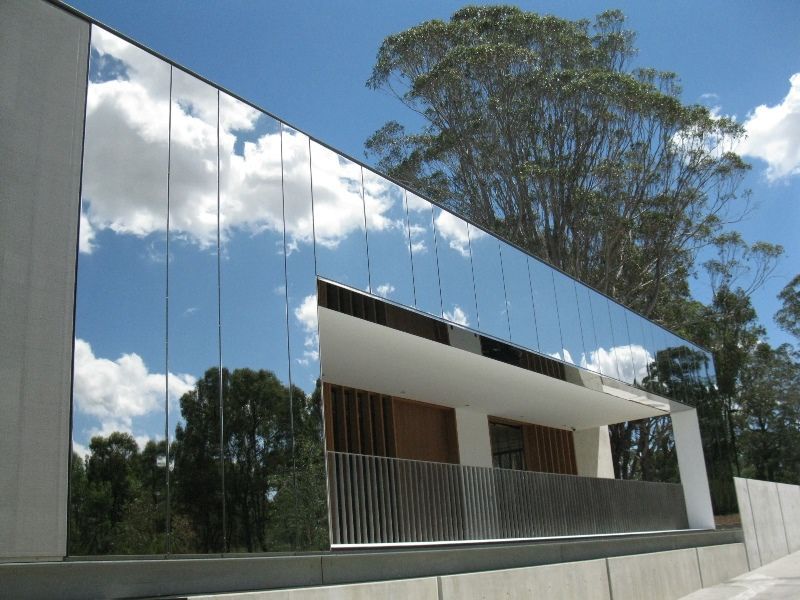
- Vinyl siding . The main component is polyvinyl chloride (PVC). Additionally, manufacturers add dyes and various modifiers to the composition to improve the characteristics of the material. Depending on the purpose, three types of material are distinguished: basement, wall and soffit for roofing.
- Acrylic siding . A type of vinyl siding with a layer of acrylic applied to the surface that improves the strength of the panels and protects them from fading. According to the method of fastening, shape and possible textures, acrylic siding is similar to vinyl siding.
Yana Gerasimova, head of the technical support service for the "Pitched roof and canvas" direction of TECHNONICOL:
- PVC siding does not need to be treated with bioprotective agents against rotting, mold and pests, unlike the finish of wooden lining, which in addition, it will have to be painted and updated every four to five years. The lifespan of vinyl siding is about 50 years. Such surfaces can be operated at temperatures from -50 to +50 °C.
The lifespan of vinyl siding is about 50 years. Such surfaces can be operated at temperatures from -50 to +50 °C.
Vinyl siding is not vandal resistant and will not withstand, for example, a hammer blow. But to accidental mechanical damage, like hitting the ball on the wall while playing football, it is quite resistant.
Porcelain tile
Porcelain tile is made from clay and quartz sand with the addition of other components and mineral dyes. The initial mixture is pressed under high pressure, and then sent for firing at temperatures above 1000 degrees.
Photo: shutterstock
Porcelain stoneware slabs come in different sizes and textures - polished, matt, sanded, with the effect of aging, etc. vision. Among the disadvantages is the impressive weight, which complicates the installation work. In addition, in the case of fastening to a curtain wall, additional reinforcement of the structure may be required.
Metal panels
Aluminum Composite Panels (ACP) — building cladding composite material.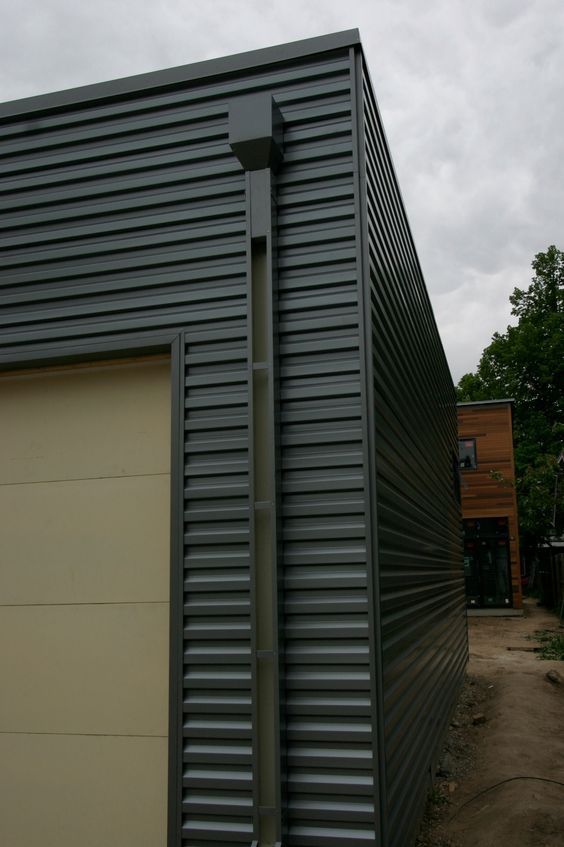 The panels consist of two pre-painted aluminum sheets 180 /210/250 / 400 microns thick, between which there is a middle layer - a polymer composition based on polyolefins.
The panels consist of two pre-painted aluminum sheets 180 /210/250 / 400 microns thick, between which there is a middle layer - a polymer composition based on polyolefins.
Photo: shutterstock
House facade cladding panels are suitable not only for new buildings, but also for the finishing of old buildings, regardless of the material of the building. Used for facing buildings made of brick and concrete.
Nodira Isamiddinova, Head of Research & Developmet Department at AKFA Group:
— The advantages of such panels include ease of processing (allow you to create a variety of architectural forms), increased fire resistance, the ability to maintain the original appearance. Technical characteristics allow the ACP facade to withstand various natural and weather conditions.
Weak maintainability can be noted among the shortcomings. In particular, to repair the facade or replace one panel, it will be necessary to disassemble the entire cassette.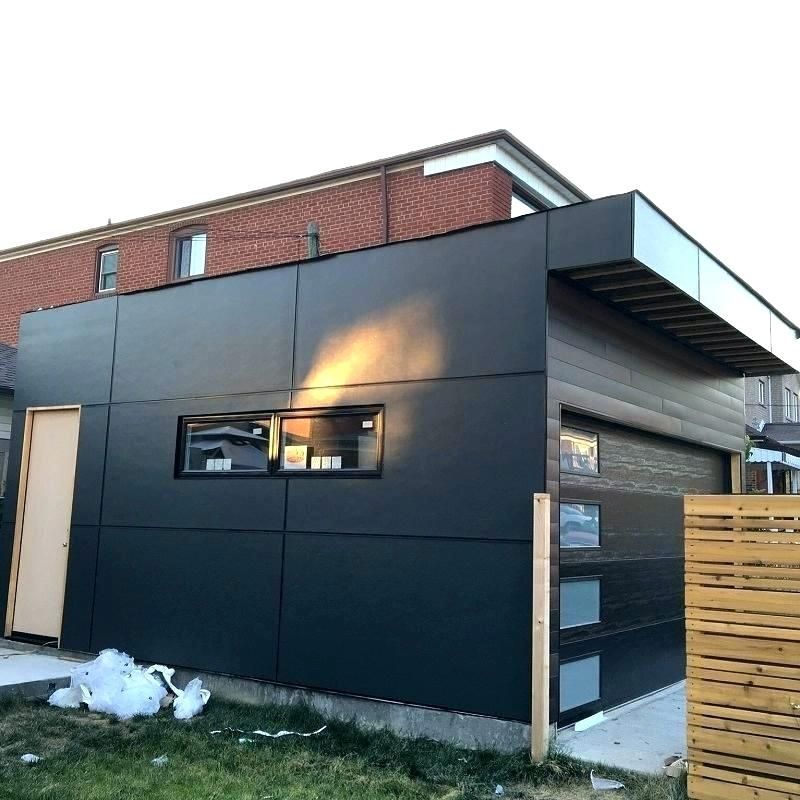 Another disadvantage is the high cost per square meter of products. The average service life of a facade made of composite panels is 25 years.
Another disadvantage is the high cost per square meter of products. The average service life of a facade made of composite panels is 25 years.
Liquid stopper
Relatively new technology and still rare in private housing construction. The composition of the sprayed material includes oak bark chips and acrylic binders with a dye.
Photo: @Thermacork/Twitter
This material is produced in dry form, to start work it must be diluted with water and mixed thoroughly. Liquid cork is applied in several layers mechanized under pressure using a cartridge gun.
Pros:
- can be applied to any surface shape;
- high noise and heat insulation;
- resistance to fungus, mold.
Cons:
- can only be applied at a certain temperature and humidity, in calm weather;
- requires special equipment;
- if the technology is violated, the layer may be uneven, streaks may form, and the material may peel off.

See also: Sandwich house: what you need to know about SIP panels before construction starts
Finishing options for house facades
Light for future generations Company SWG | LED Lighting equipped a specialized training laboratory at the Moscow State University of Civil Engineering and launched a joint training program for interior lighting professionals with the university. noble metal Today, the front lobbies of residential complexes are a separate work of design art. We tell you how products from HÖGER, a manufacturer of unique interior metal parts, are used in their design.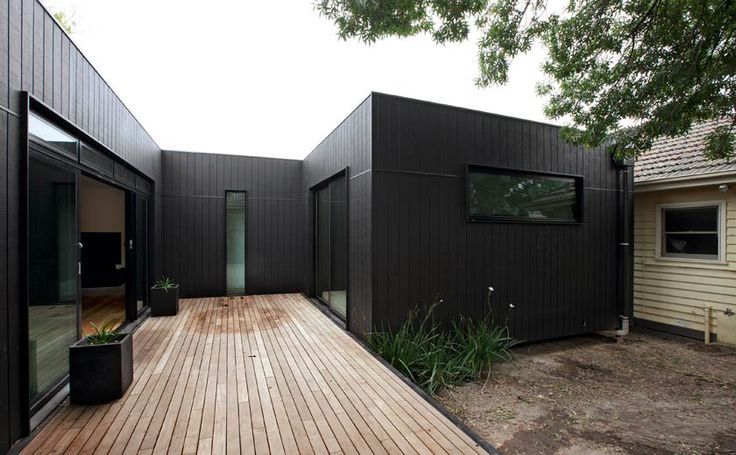 Hilti strengthens local production Øglaend System, a division of the Hilti group of companies, manufactures cable support systems that can be used on objects of any complexity: from oil platforms to shopping centers. CEO Dmitry Klimenko told Archi.ru about the expansion of production in St. Petersburg and the launch of new lines for Hilti facade systems. Craft a playground Using the example of Hobbiki playgrounds, the leader in the production of outdoor furniture, we will tell you what are the advantages of the craft approach to playground equipment dance invitation The company "New Horizons" has developed several series of gaming complexes that can be adapted to the characteristics of a particular site.
Hilti strengthens local production Øglaend System, a division of the Hilti group of companies, manufactures cable support systems that can be used on objects of any complexity: from oil platforms to shopping centers. CEO Dmitry Klimenko told Archi.ru about the expansion of production in St. Petersburg and the launch of new lines for Hilti facade systems. Craft a playground Using the example of Hobbiki playgrounds, the leader in the production of outdoor furniture, we will tell you what are the advantages of the craft approach to playground equipment dance invitation The company "New Horizons" has developed several series of gaming complexes that can be adapted to the characteristics of a particular site.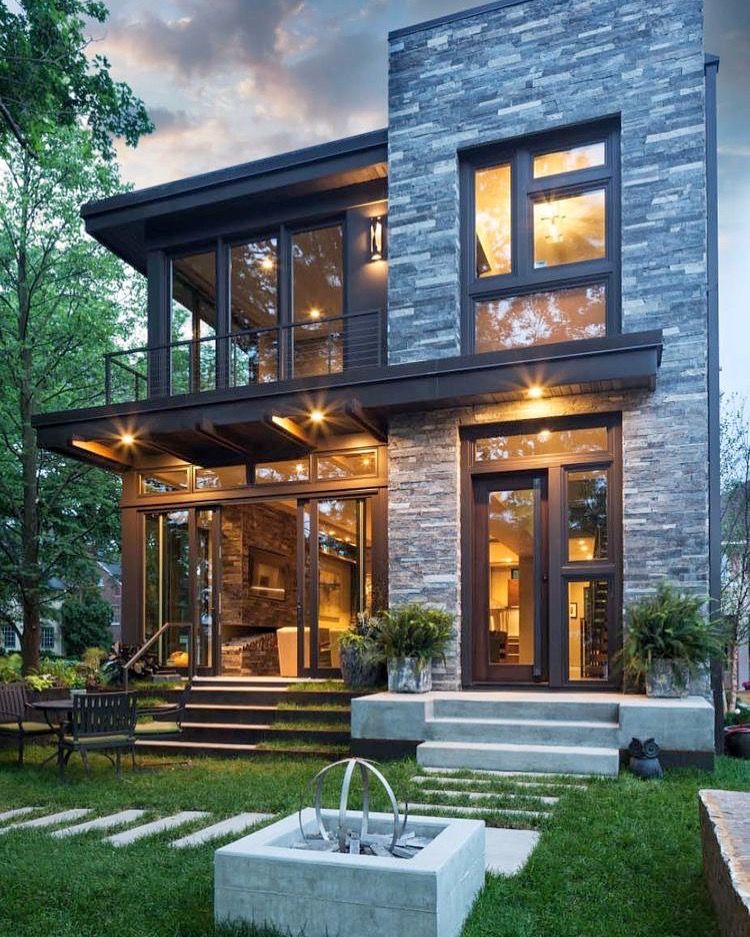 We talk about the flexibility of solutions using the Dancing Houses complex as an example. Fundermax HPL panels. Why architects choose us Make the right choice among the variety of finishing interior and exterior materials. Reliability formula. Innovative facade system... HILTI found an original solution to improve the reliability of facades, especially with large cladding distances from the supporting base. Pylons, pilasters and flutes can now be made without a significant increase in budget, but without compromising strength and reliability MasTech: Achievements in 2022 In addition to the catalog of finished products, the MasTeh holding and the design bureau of the enterprise offer the development of unique solutions.
We talk about the flexibility of solutions using the Dancing Houses complex as an example. Fundermax HPL panels. Why architects choose us Make the right choice among the variety of finishing interior and exterior materials. Reliability formula. Innovative facade system... HILTI found an original solution to improve the reliability of facades, especially with large cladding distances from the supporting base. Pylons, pilasters and flutes can now be made without a significant increase in budget, but without compromising strength and reliability MasTech: Achievements in 2022 In addition to the catalog of finished products, the MasTeh holding and the design bureau of the enterprise offer the development of unique solutions. The term of creation and implementation is 4-5 weeks - the shortest in the market of translucent structures! ROCKWOOL: high standard on all continents The use of ROCKWOOL insulation materials in the construction of buildings and structures around the world is an indicator of their quality and reliability.
The term of creation and implementation is 4-5 weeks - the shortest in the market of translucent structures! ROCKWOOL: high standard on all continents The use of ROCKWOOL insulation materials in the construction of buildings and structures around the world is an indicator of their quality and reliability. How stone wool is used in iconic objects to solve non-trivial tasks - read in our review. Results of the Outstanding Design Talent Call by
AQUATON x Santek The jury submitted 60 works created in an unusual express format in just a few hours. brick pattern One of the most influential and recognizable styles in Russian architecture, 17th-century Uzorochye, has not yet exhausted its inspiring power for those who work with bricks.
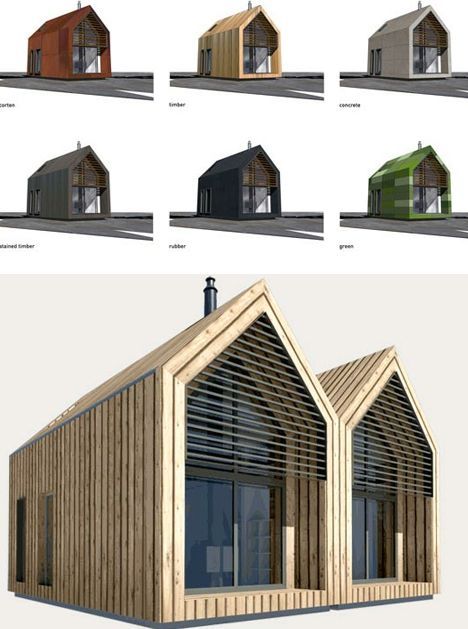 NEVA HAUS - patterned boxes on the Neva A distinctive feature of the NEVA HAUS complex are unusual brick facades: brick from LSR. Wall” has become a material that emphasizes the individuality of each of the buildings of the new complex, making it unique. Porotherm ceramic blocks - 20 years in Russia Since 2023, Wienerberger is abandoning the umbrella brand in Russia and is focusing its efforts on the development of the Porotherm brand. Nikolai Troitsky, General Director of Wienerberger Kirpich LLC and Wienerberger Kurkachi, spoke about the market prospects and features of construction from ceramic blocks in an interview with Archi.
NEVA HAUS - patterned boxes on the Neva A distinctive feature of the NEVA HAUS complex are unusual brick facades: brick from LSR. Wall” has become a material that emphasizes the individuality of each of the buildings of the new complex, making it unique. Porotherm ceramic blocks - 20 years in Russia Since 2023, Wienerberger is abandoning the umbrella brand in Russia and is focusing its efforts on the development of the Porotherm brand. Nikolai Troitsky, General Director of Wienerberger Kirpich LLC and Wienerberger Kurkachi, spoke about the market prospects and features of construction from ceramic blocks in an interview with Archi.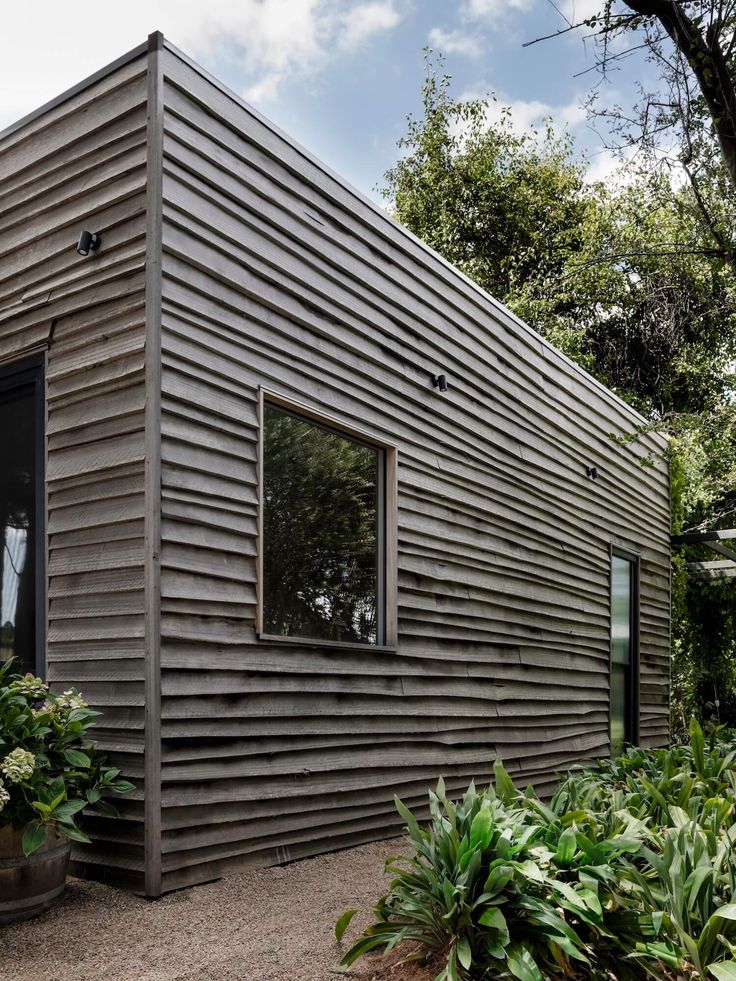 ru brass track CENTRSVET is actively developing its premium track lighting system AUROOM, completely made of noble brass. The glazing of the first building of the scientific valley has been completed... The project uses new products developed by Larta Glass in Russia - Silver 60 and HD Platinum 67 glass. Living steel for architecture Severstal launched production of weather resistant steel branded Forcera .
ru brass track CENTRSVET is actively developing its premium track lighting system AUROOM, completely made of noble brass. The glazing of the first building of the scientific valley has been completed... The project uses new products developed by Larta Glass in Russia - Silver 60 and HD Platinum 67 glass. Living steel for architecture Severstal launched production of weather resistant steel branded Forcera .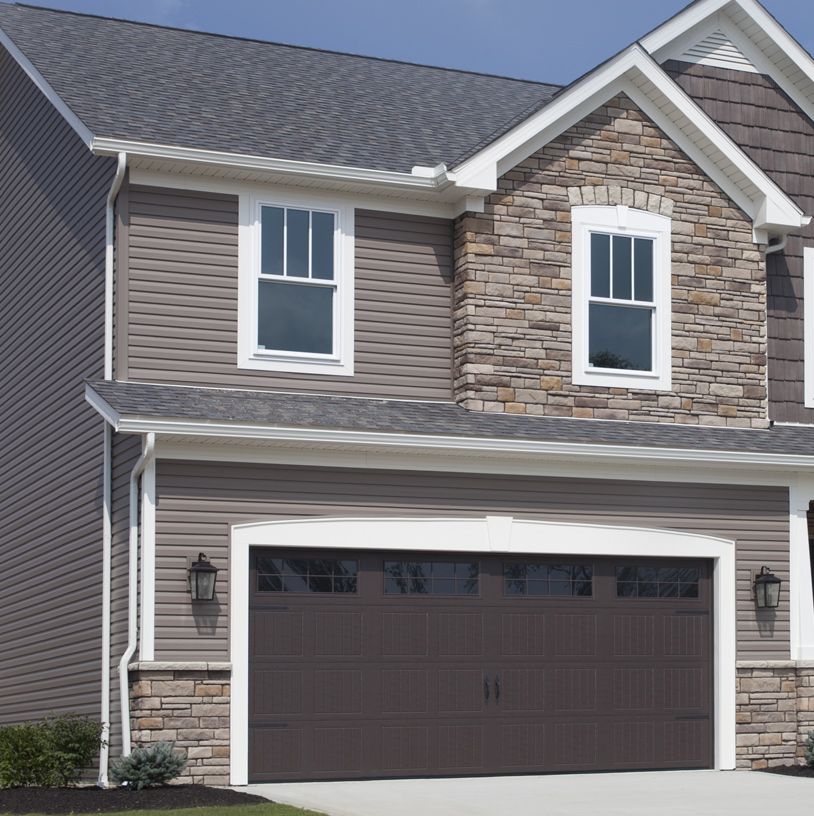 We talk about the Russian analogue of corten and ask architects: Sergey Skuratov, Sergey Tchoban and others about the demand for and possibilities of oxidized metal as such. We give examples: it is both difficult and interesting with him. Non-standard solutions for HoReCa and their implementation in projects... No matter how sophisticated the interior of a hotel or restaurant is, the whole atmosphere will literally fade if the lighting is organized illiterately or low-quality light sources are used. Solutions from the Arlight brand fully meet these requirements. Baumit innovations for facade protection The Austrian brand Baumit, an expert in the field of facade systems, plasters and paints, offers complete facade thermal insulation systems that combine manufacturability and wide design possibilities.
We talk about the Russian analogue of corten and ask architects: Sergey Skuratov, Sergey Tchoban and others about the demand for and possibilities of oxidized metal as such. We give examples: it is both difficult and interesting with him. Non-standard solutions for HoReCa and their implementation in projects... No matter how sophisticated the interior of a hotel or restaurant is, the whole atmosphere will literally fade if the lighting is organized illiterately or low-quality light sources are used. Solutions from the Arlight brand fully meet these requirements. Baumit innovations for facade protection The Austrian brand Baumit, an expert in the field of facade systems, plasters and paints, offers complete facade thermal insulation systems that combine manufacturability and wide design possibilities.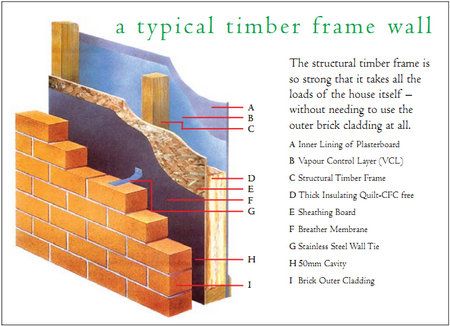 Optima - the beauty of acoustics Armstrong Optima acoustic panels from Knauf Ceiling Solutions - aesthetics, functionality and wide range of uses. brick modernism Senior Research Fellow at the Museum of Architecture. A.V. Shchusev, art critic Mark Akopyan - about how the thousand-year history of brick construction in the 20th century acquired a new dimension thanks to modernism. We are publishing the abstracts of the presentation within the framework of the seminar "City Quarters", organized by the company "KIRILL" and the Kirovo-Chepetsk brick factory
Optima - the beauty of acoustics Armstrong Optima acoustic panels from Knauf Ceiling Solutions - aesthetics, functionality and wide range of uses. brick modernism Senior Research Fellow at the Museum of Architecture. A.V. Shchusev, art critic Mark Akopyan - about how the thousand-year history of brick construction in the 20th century acquired a new dimension thanks to modernism. We are publishing the abstracts of the presentation within the framework of the seminar "City Quarters", organized by the company "KIRILL" and the Kirovo-Chepetsk brick factory Review
Radical irony The AST publishing house has released the first edition of the guidebook from the authors of the term “capitalist romanticism” and the telegram channel “Romanticism Enema”.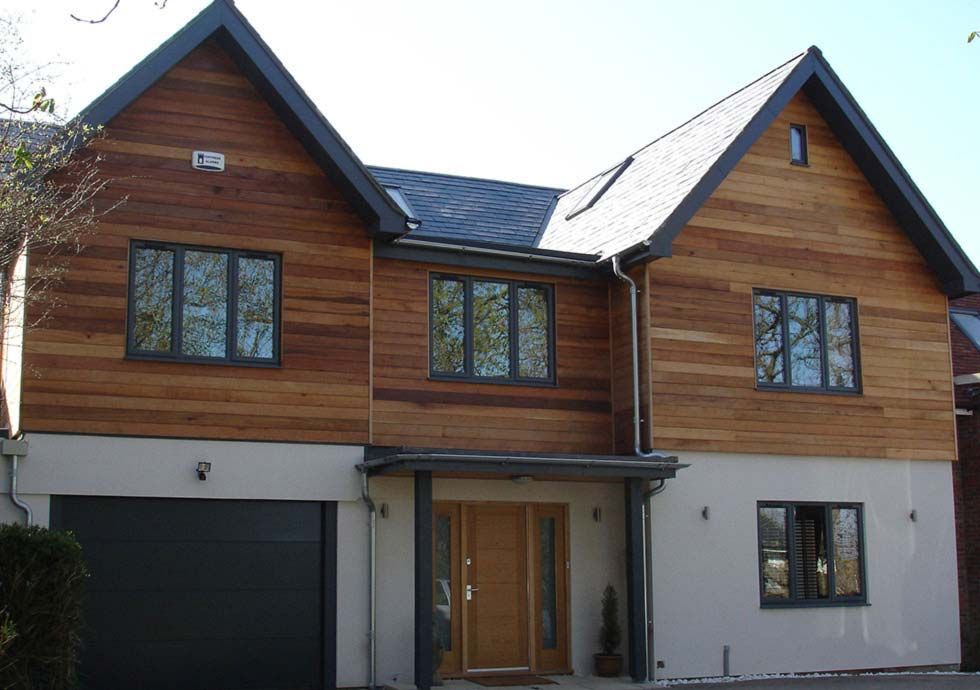 The book transcends the genre and invites a wide range of readers to understand and forgive buildings that are often referred to as "urban planning mistakes". We read and made an impression, we share. Press: Reality games
The book transcends the genre and invites a wide range of readers to understand and forgive buildings that are often referred to as "urban planning mistakes". We read and made an impression, we share. Press: Reality games How Architects Create Metaverses.
Object
Star polyhedron In the suburbs of Paris, a new building of the medical faculty of the Kremlin-Bicêtre University Hospital was opened.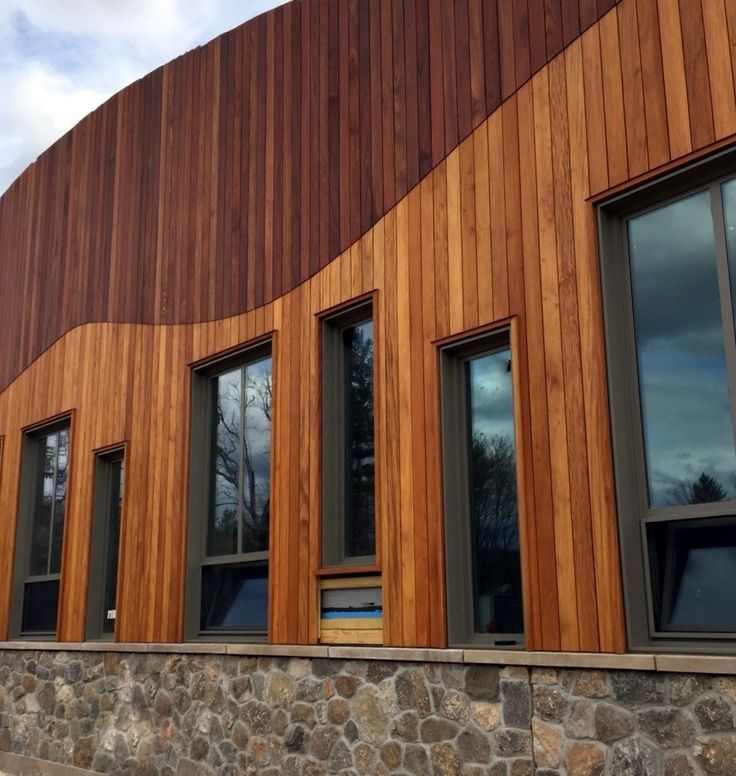 The architect Jean-Philippe Pargade chose an unusual multi-faceted shape and strip facades made of white aluminum for the building.
The architect Jean-Philippe Pargade chose an unusual multi-faceted shape and strip facades made of white aluminum for the building. Report
stone shirt The city council of St. Petersburg considered the adjustment of the facades of the house "Studio 44" on the corner of Karpovka and Kamennoostrovsky prospect. The project is 10 years old, construction is in full swing, and experts discussed changing windows, roofing, cladding material and some other details - for example, the perpendicularity of the cour d'honneurs.News
Moscow Architectural Council - 79 The Moscow City Council of Architects supported the Obruchev Residential Complex project from Ivan Grekov's KAMEN group.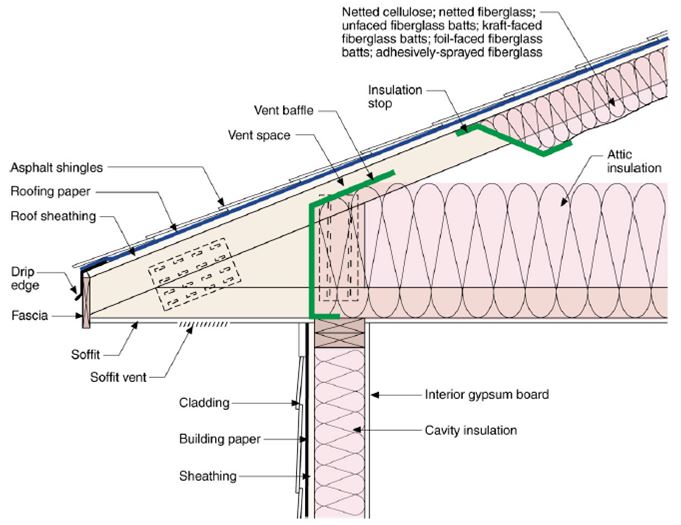 Two residential towers with a height of 159.3 and 199.3 m, with a total area of 127,978.5 m2 and an estimated number of inhabitants of about 2,000 people, are located in the south-west of Moscow between the Belyaevo and Novatorskaya metro stations, at the address Obrucheva, 30A. Customer – LSR Group.
Two residential towers with a height of 159.3 and 199.3 m, with a total area of 127,978.5 m2 and an estimated number of inhabitants of about 2,000 people, are located in the south-west of Moscow between the Belyaevo and Novatorskaya metro stations, at the address Obrucheva, 30A. Customer – LSR Group. send.project
Conceptual maximalism The Gympa sports club was created according to the precepts of lagom and agile, that is, it is minimalistic and flexible, but at the same time cozy and efficient. The main highlight of the place is a hall with quartz sand and lighting tuned to circadian rhythms. Press: PostaArt with Renata Piotrowski: Alexander Tsimailo and Nikolai. ..
.. Object
Diamond palimpsest The Roman office Labics has completed the renovation of the important Renaissance monument of the Palazzo dei Diamanti in Ferrara. The palace received comfortable, modern exhibition spaces, comfortable public areas and a well-organized structure.Study
Best, Worst, New, Old: Architectural Notes. .. “What are the traditions of the architecture of the Moscow metro? There are opinions that this, on the one hand, is the individuality of the appearance, on the other, representativeness or palatiality, and, finally, materials. It's probably all like that." Your attention is the second series of architectural notes by Alexander Zmeul about the BKL, dedicated to its artistic design, but not only.
.. “What are the traditions of the architecture of the Moscow metro? There are opinions that this, on the one hand, is the individuality of the appearance, on the other, representativeness or palatiality, and, finally, materials. It's probably all like that." Your attention is the second series of architectural notes by Alexander Zmeul about the BKL, dedicated to its artistic design, but not only. Review
DK architecture Until April 2, the exhibition "House of Culture of the USSR" is open at the Manege. One of the curators, Ksenia Kokorina, talks about significant projects of the last century. send.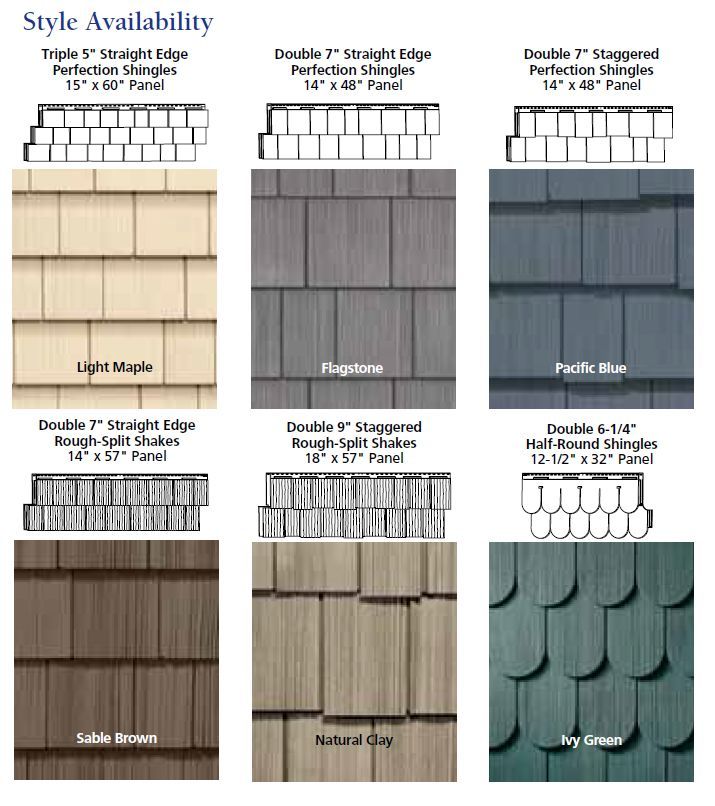 project
project
Object
art tank In the museum quarter of Bangalore, the capital of South India, a new building of the MAP Museum - the Museum of Fine Arts and Photography has opened. The basis of the funds is the collection of the entrepreneur Abhishek Poddar, who is also the customer of the architectural project, the authors of the building are the local architectural bureau Mathew and Ghosh Architects.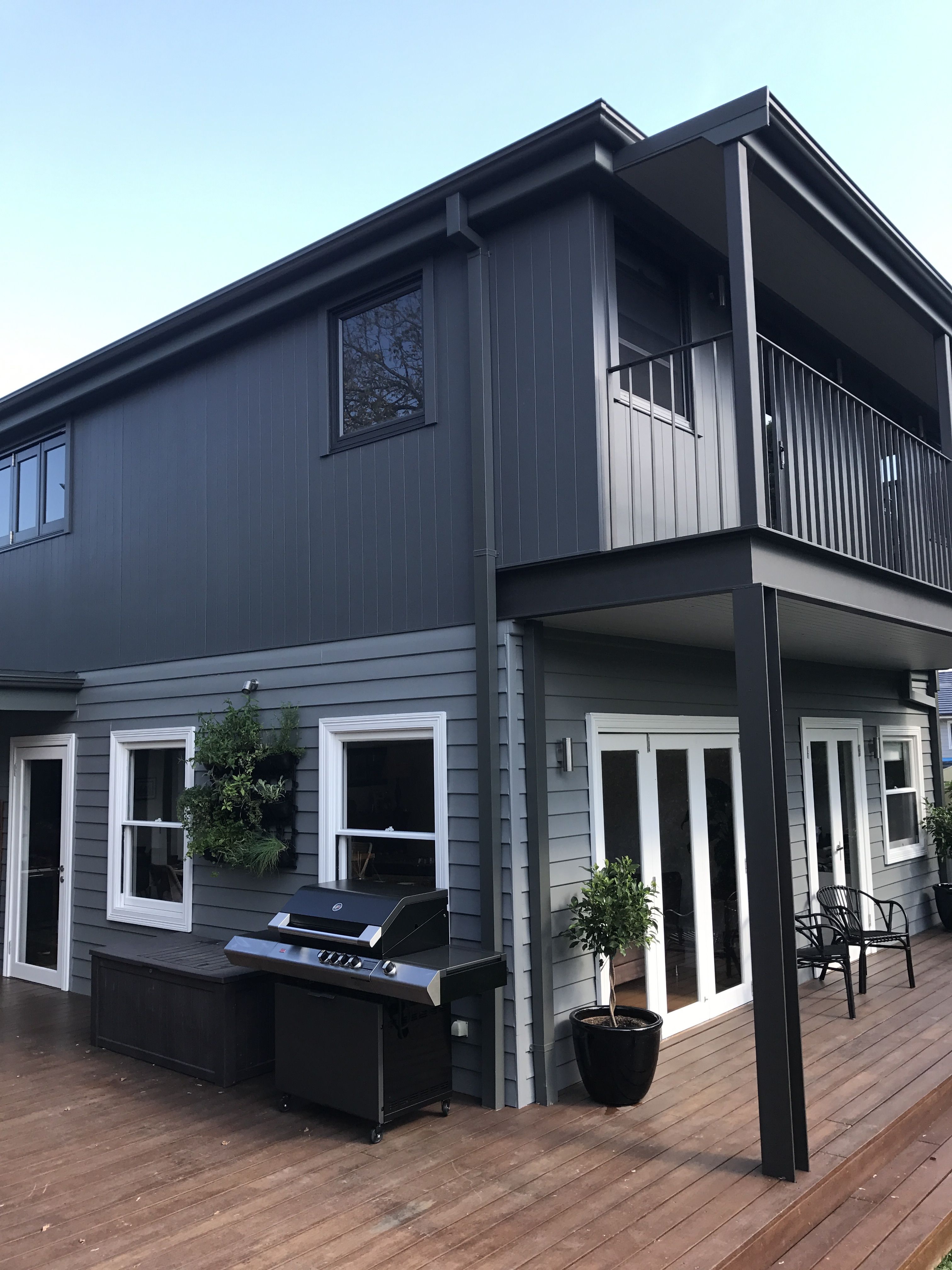
send.project
Farm for every home At the Architecture + FOODTECH workshop, the SA lab architectural laboratory, together with students, came up with a new type of vertical trusses and went from concept to implementation. The prototype is 3D printed from recycled plastic and grows 136 plants.Object
conifer school For the Port Marianne Middle School project in Montpellier, local architects A+Architecture chose special sustainable concrete, combined with local Cévennes spruce structures and striking Douglas fir finishes.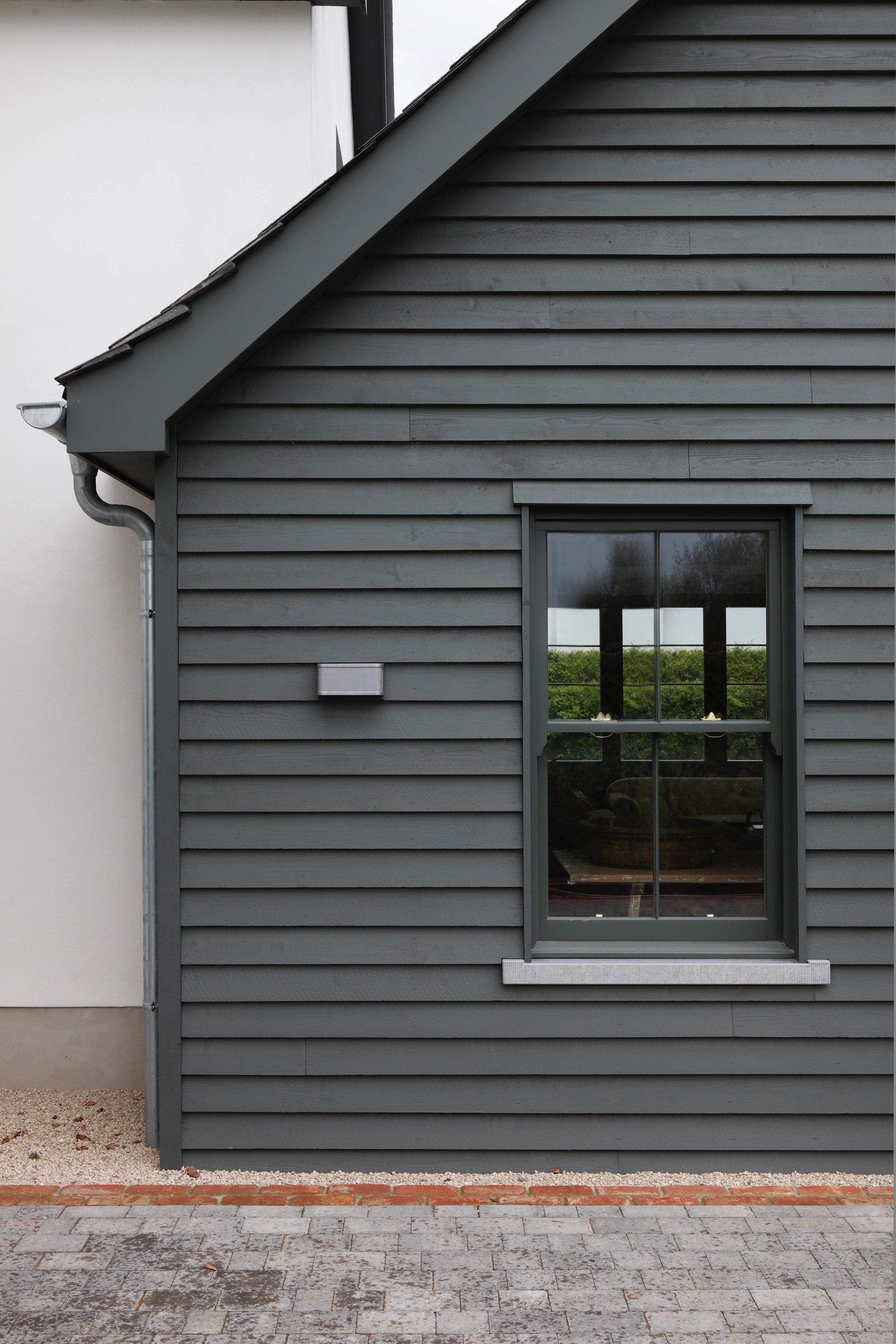
Study
Ivan Fomin and Iosif Langbard: on the way to the classics of the 1930s A new article by Andrey Barkhin on the simplified order of the thirties - based on a comparison of the architecture of Fomin and Langbard. The text was presented on May 17, 2022 as part of the round table dedicated to the 150th anniversary of Ivan Fomin.send.project
Joint leisure Center "Pole" plays the role of the third place in the residential area of Moscow.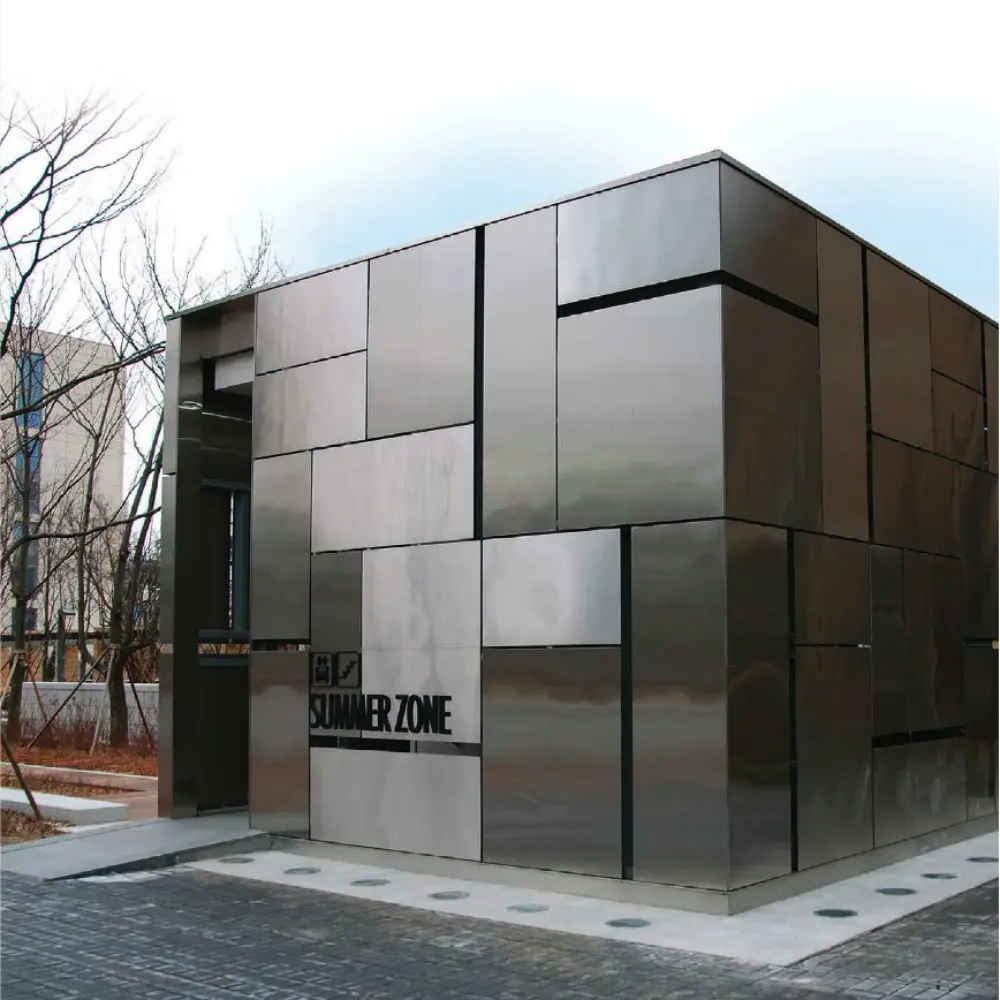 In less than 30 square meters, Design Studio D has created a space where children and adults can spend time together: play, work, meet friends, play sports and be creative.
In less than 30 square meters, Design Studio D has created a space where children and adults can spend time together: play, work, meet friends, play sports and be creative. send.project
Gardens and art The St. Petersburg landscape bureau MOH has opened a representative office in Moscow that resembles an art gallery: the white box space serves as a backdrop for flower arrangements, art and design objectsObject
white clothes The Parisian architect Jean-Pierre Lotte designed and built the new academic building Le Studium for the University of Strasbourg, which is conceived primarily as a so-called "third place".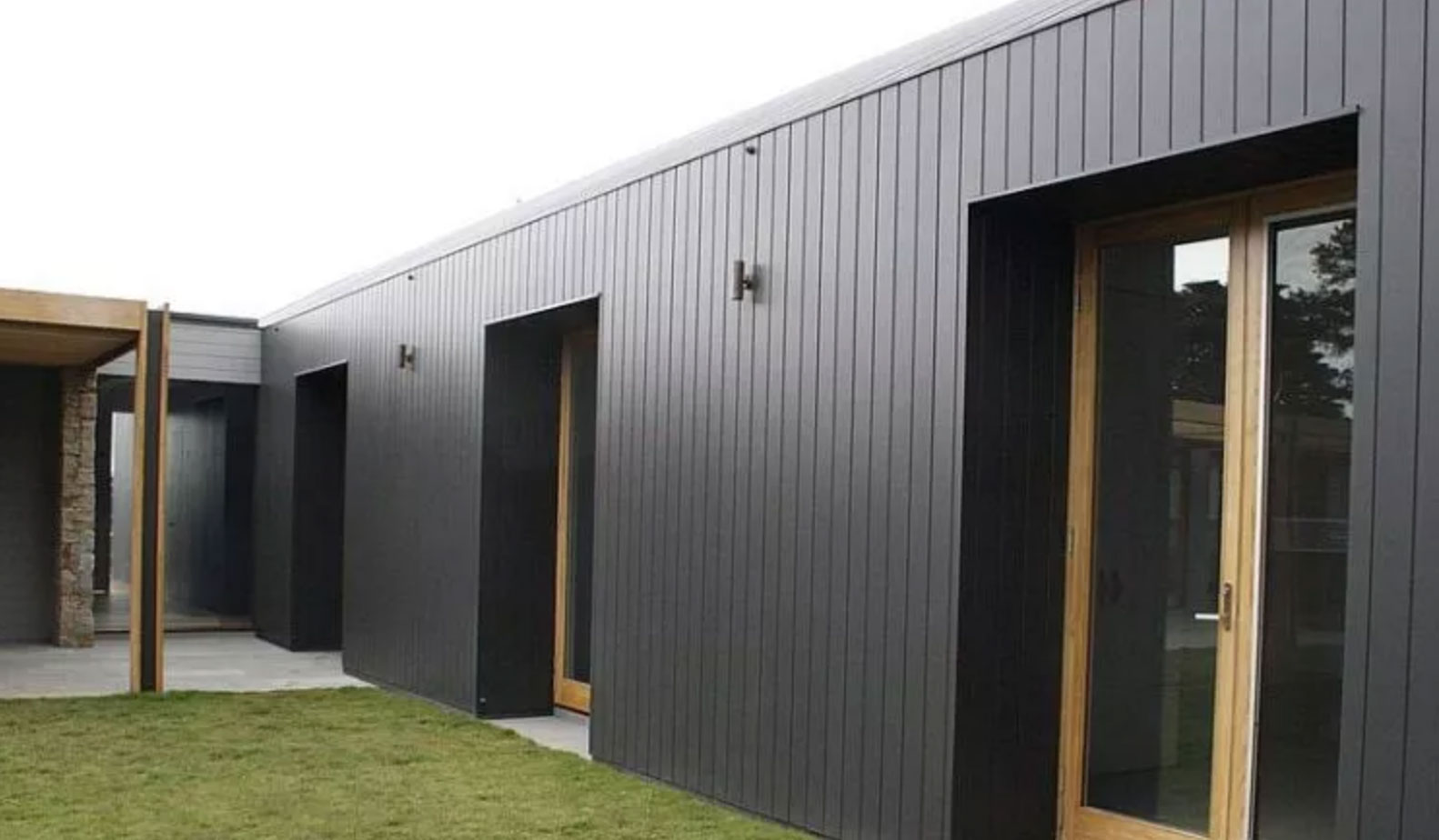 Press: The most important architectural losses of St. Petersburg over the past...
Press: The most important architectural losses of St. Petersburg over the past... Sobaka.ru asked Maria Elkina, architectural critic and author of the Gorod, Speak telegram channel, Georgy Snezhkin, founder of the Khvoya architectural bureau, Alexander Semenov, art critic and author of the Russian Camembert telegram channel, and Daniil Veretennikov, urban planner of the MLA + bureau and a member of the town planning council of the city, the head of the architectural bureau "Studio 44" Nikita Yavein, highlight the main city losses and possible losses in the near future, starting from zero, and tells the history of these places.
Press: Nikita Yavein: “The basis of good architecture is professionalism.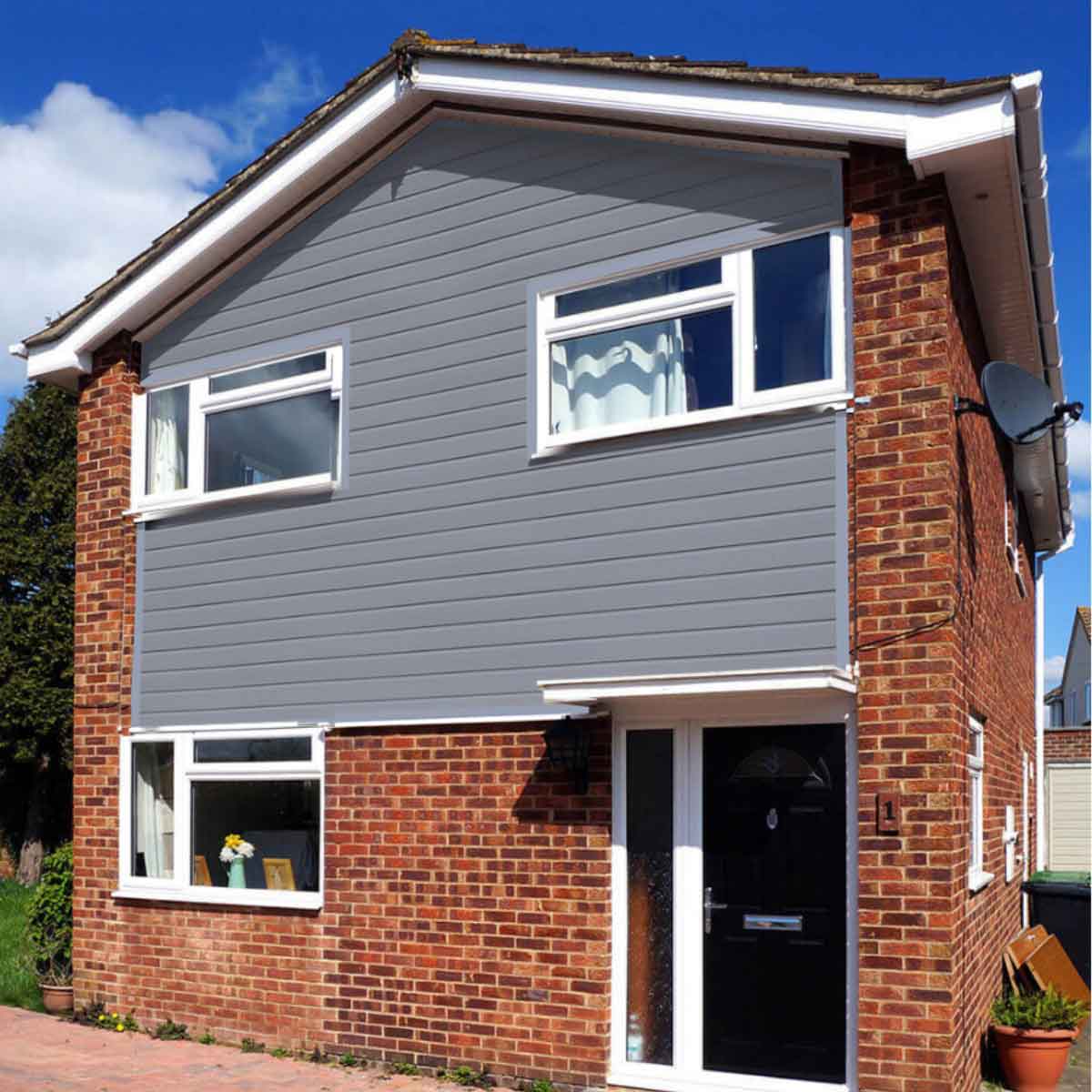 ..
.. The head of the Studio 44 bureau told the Construction Weekly about what he thinks about modern urban planning, the restoration of historical buildings and the prospects of the Northern capital.
Competition results
Three out of four We are talking about the results of last year's competition for the design of four metro stations in Kazan. There are three winners - we publish their projects. The project could not be selected for the last station. Press: The Common Source and Common Component of Communism. ..
.. How utopia turned into science: Johann Gottlieb Fichte and his "Closed Trading State".
send.project
water palace The Water Sports Palace was built in Yekaterinburg in preparation for the Universiade 2023. The complex includes three swimming pools, is designed for 5,000 spectators, complies with FISU requirements and is intended for intensive use outside of major sporting events. Press: Office redevelopment always involves serious.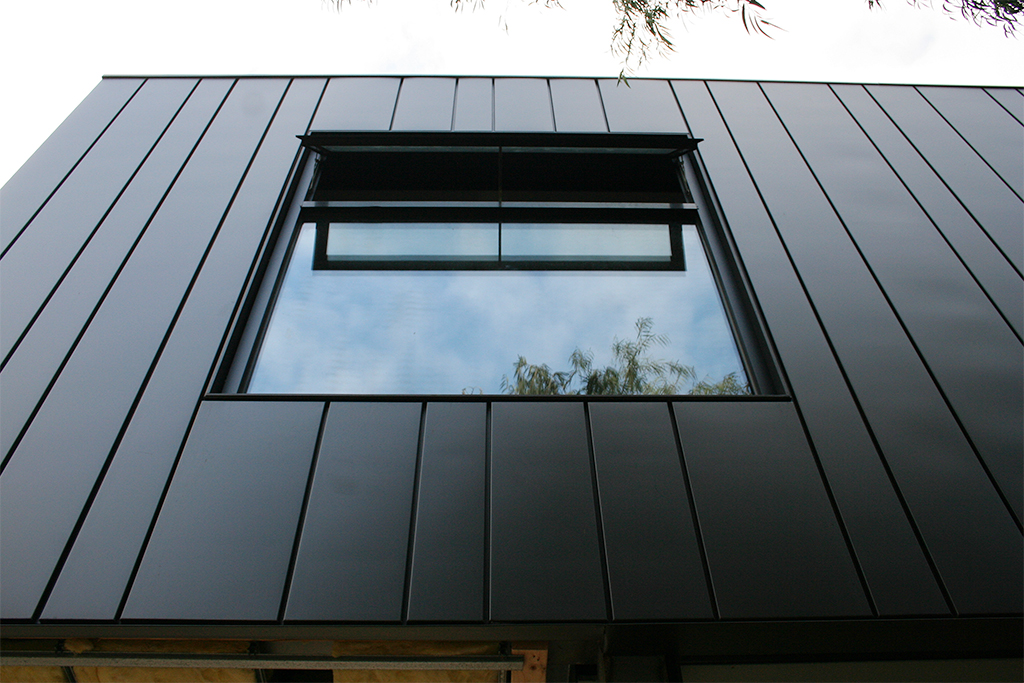 ..
.. Sergey Trukhanov, head of the T+T Architects architectural bureau, talks about the features of the redevelopment of industrial zones, new approaches to office design and how it affects the market's interest in assets.
Object
Dream of a dance Beijing-based MAD will transform an old warehouse in the former port of Rotterdam into a dance arts center with an open-air amphitheatre. Press: Julius Borisov: "Success is not in compromise, but in harmony" In an interview with Construction Weekly, Yuly Borisov admits that he does not like to use the word "compromise", as it suggests that one of the participants in the process remains dissatisfied.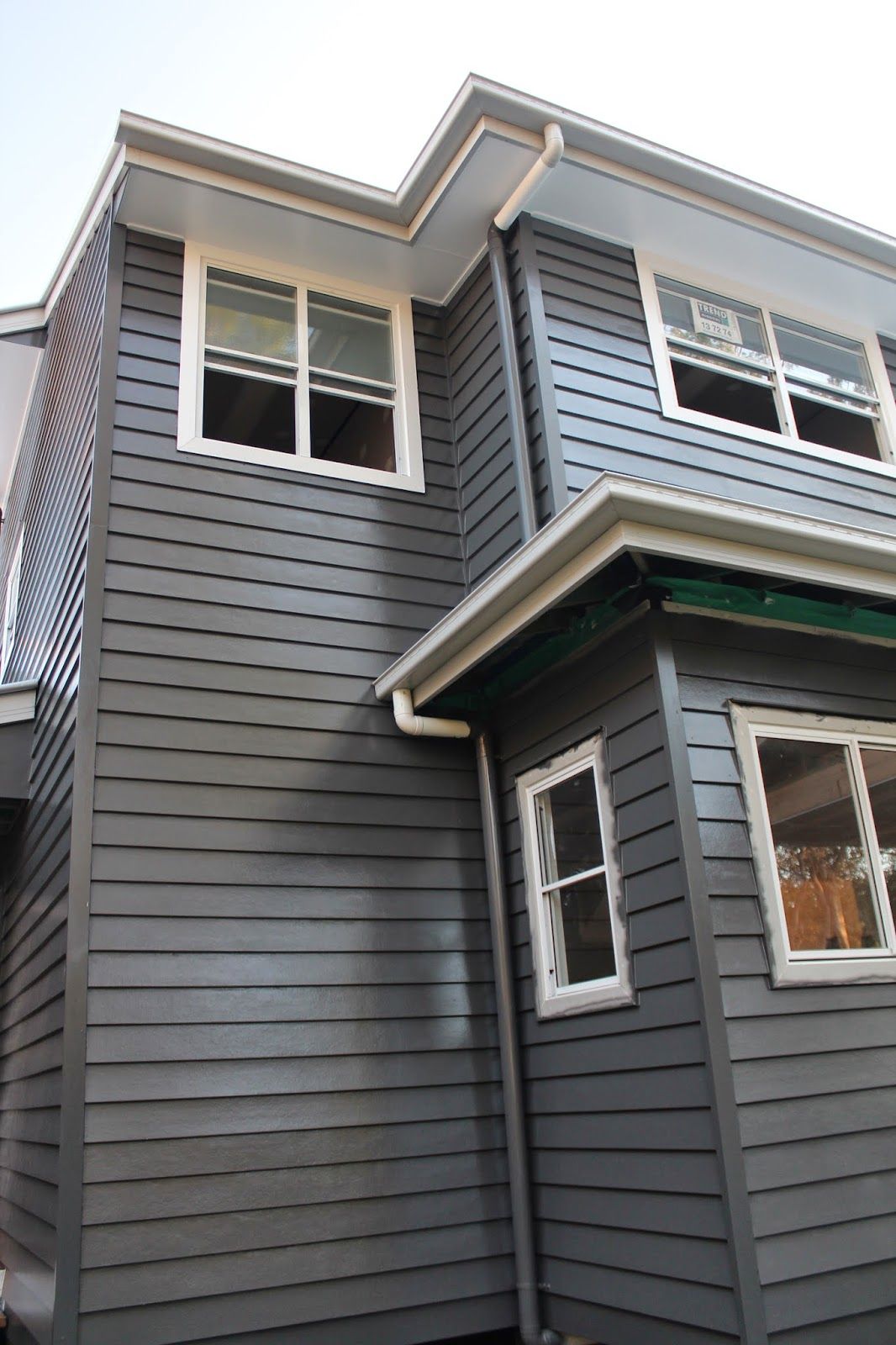
send.project
many-sided In the interior of the Cult restaurant in Kaliningrad, architect Daria Beletskaya unfolds a story born from thinking about anxiety. The contemplation of a one and a half ton boulder, the flickering of water, masks referring to the "Hero with a Thousand Faces" by Joseph Campbell and the general atmosphere of twilight and silence help to feel balance and calmness.Object
Attraction bridge The footbridge, designed by architect Thomas Randall-Page and designer Tim Lucas, at the historic London Dock is rolled "upside down" by two hand winches to allow passing ships to pass.